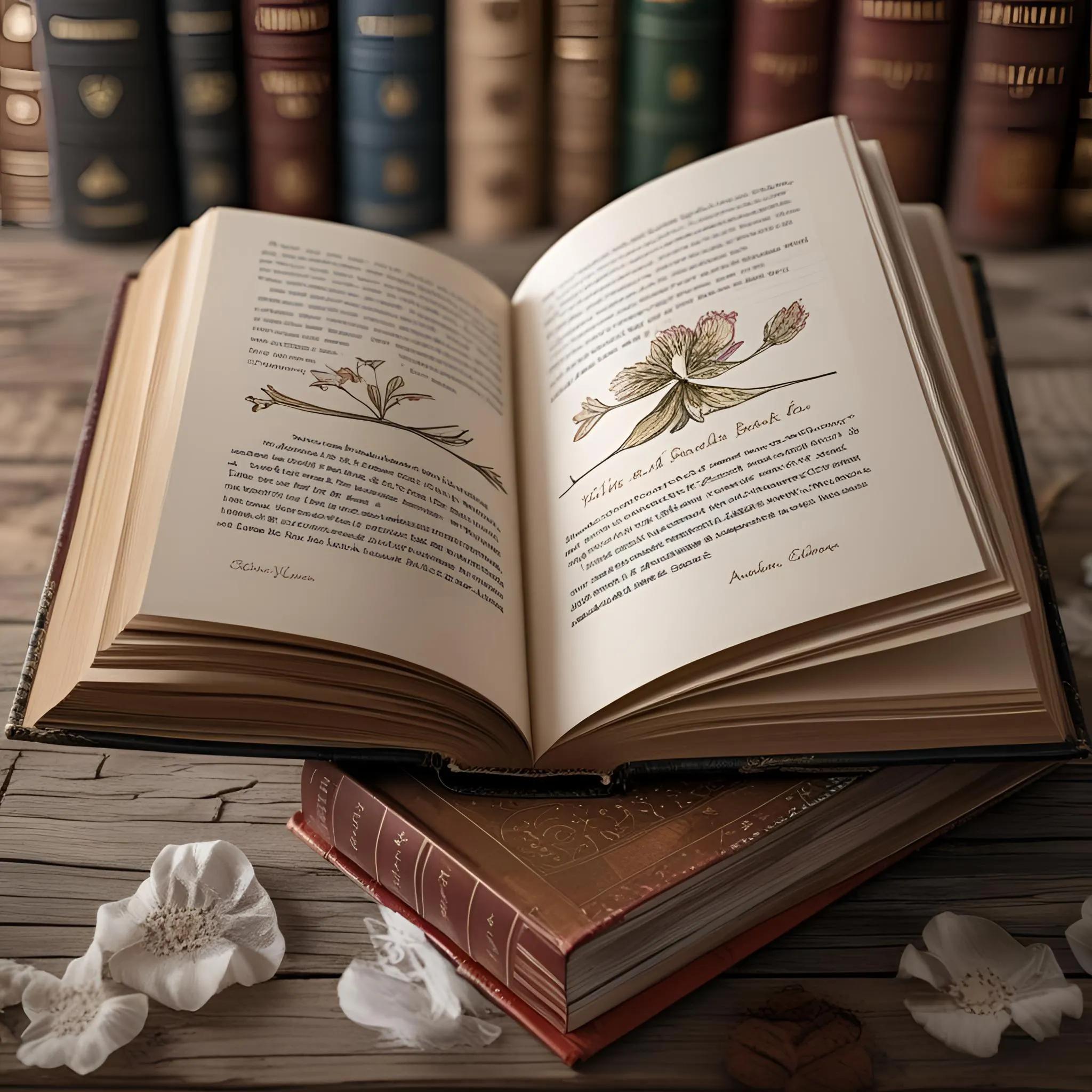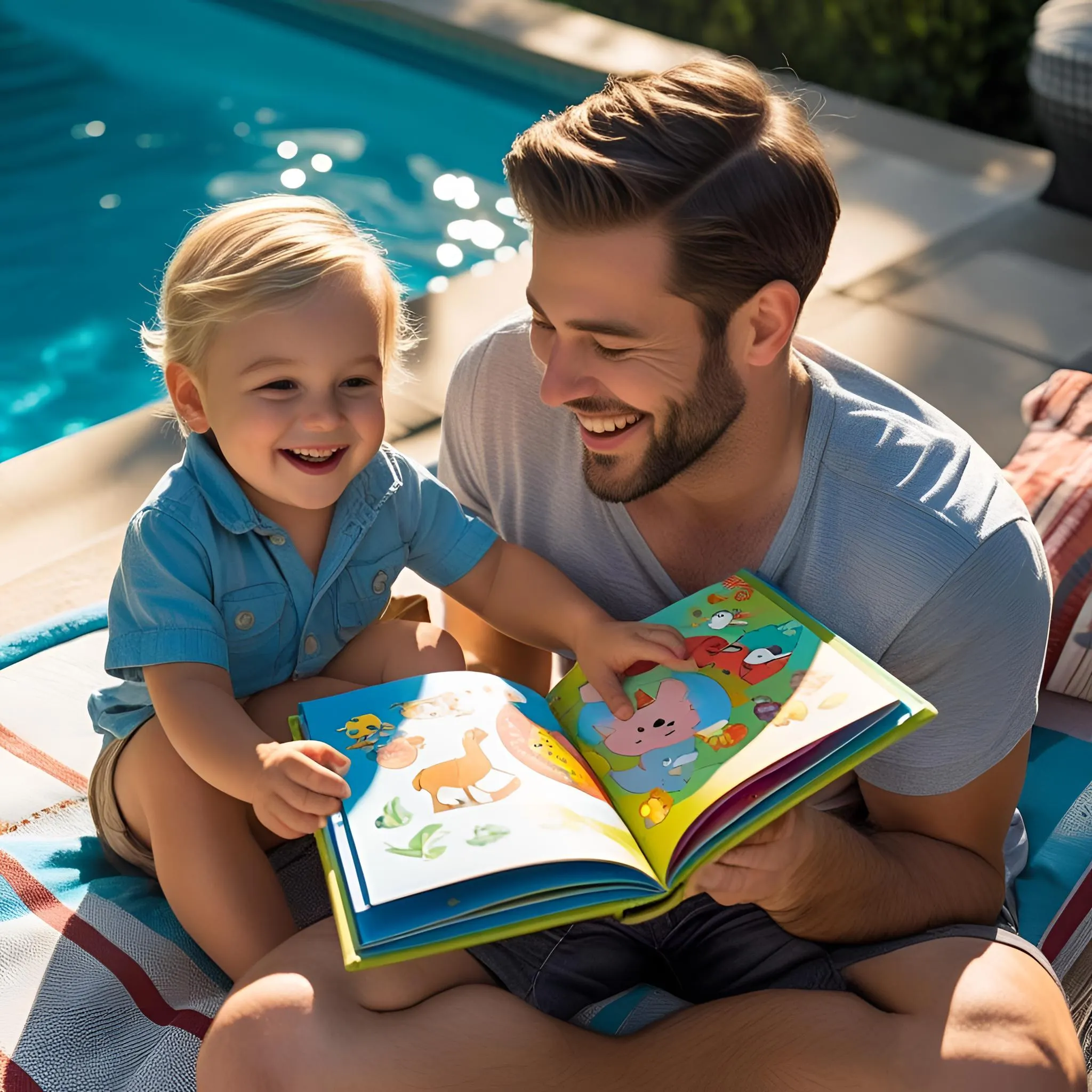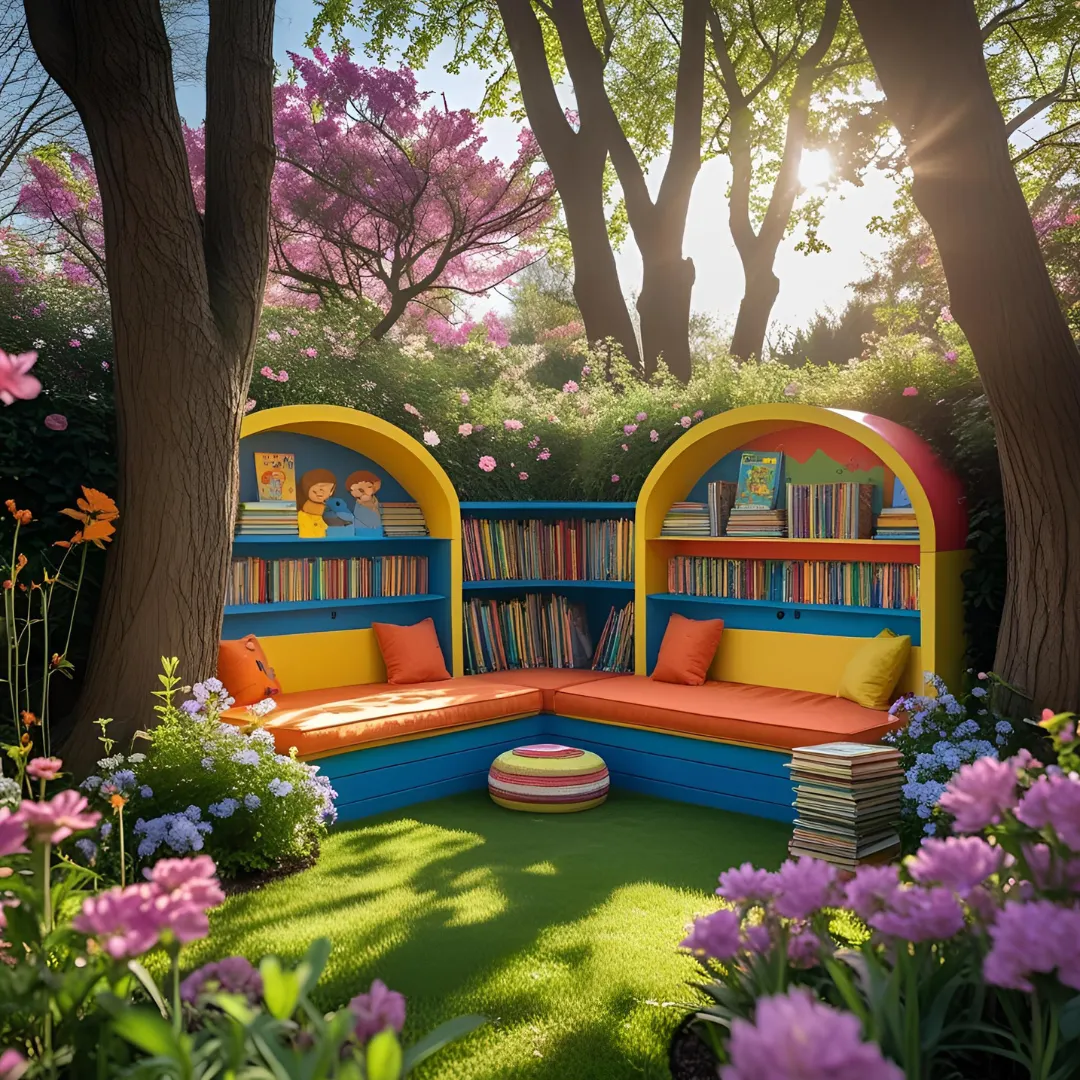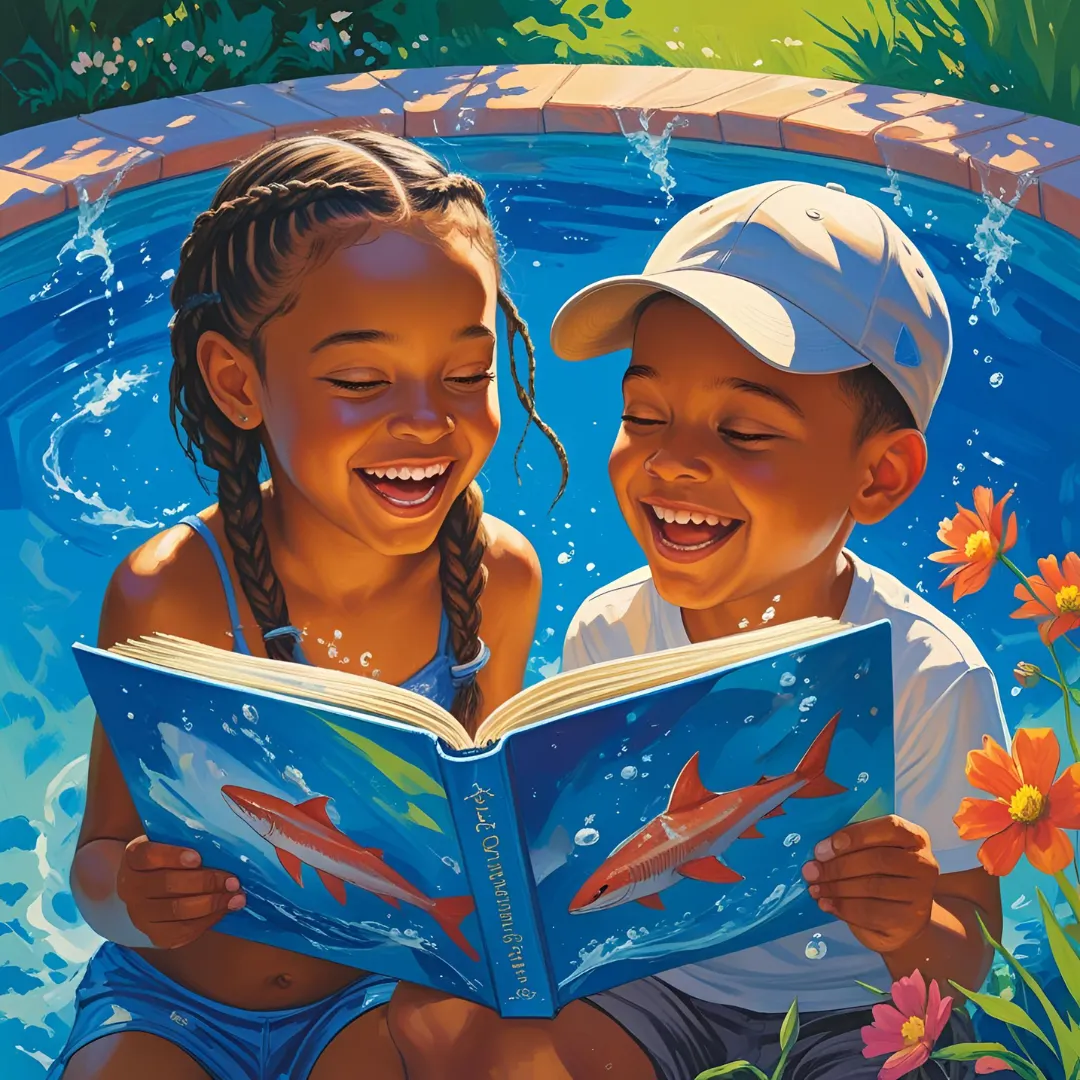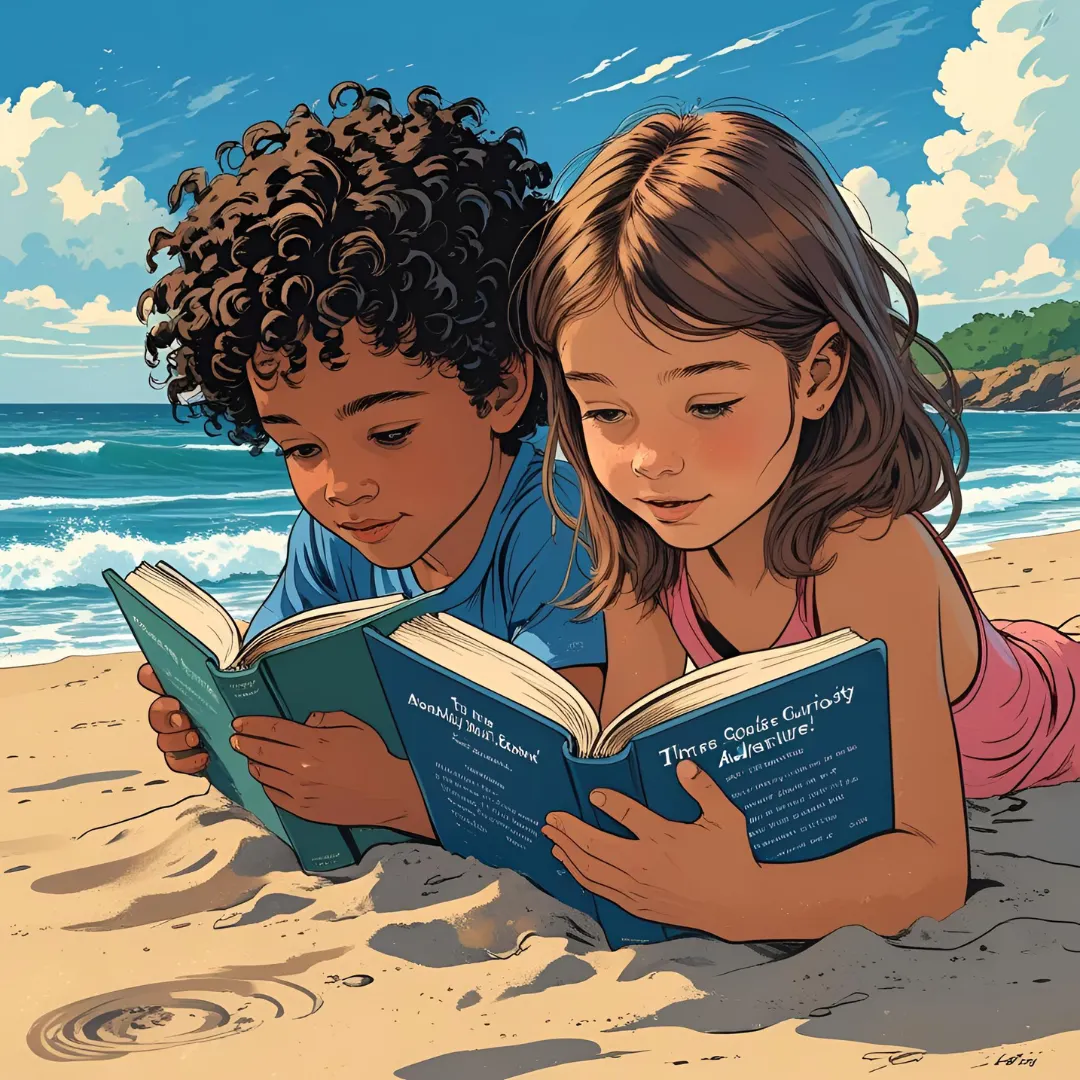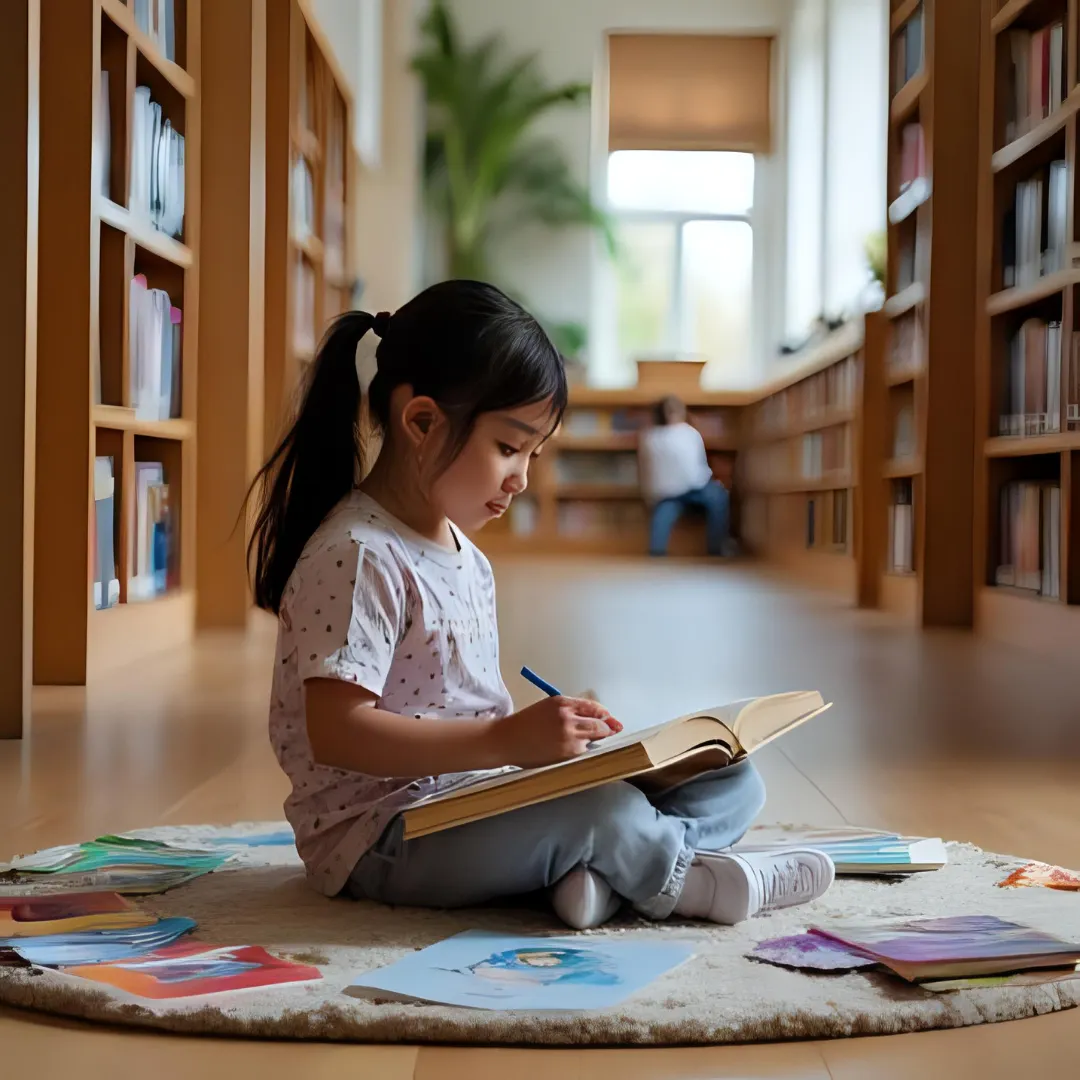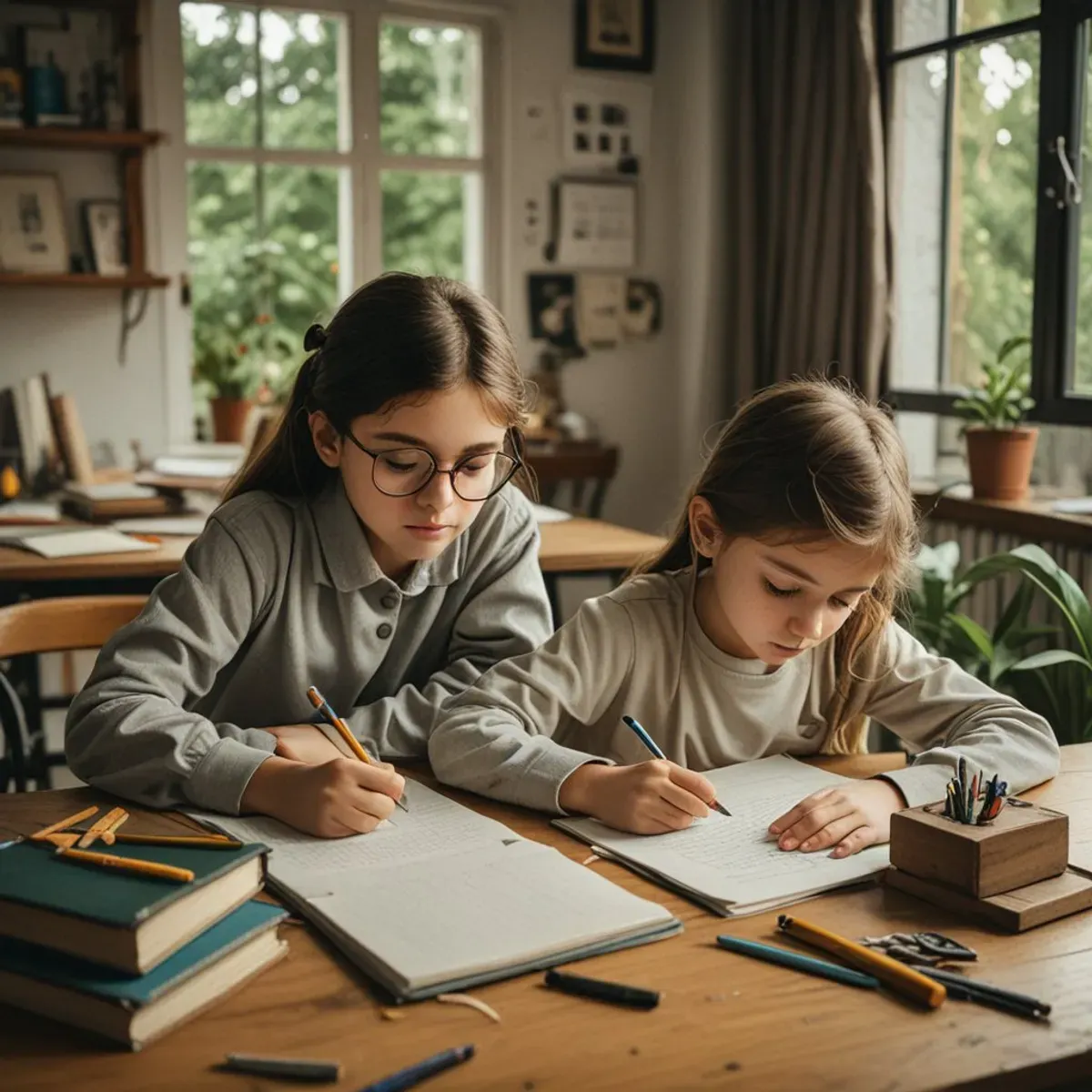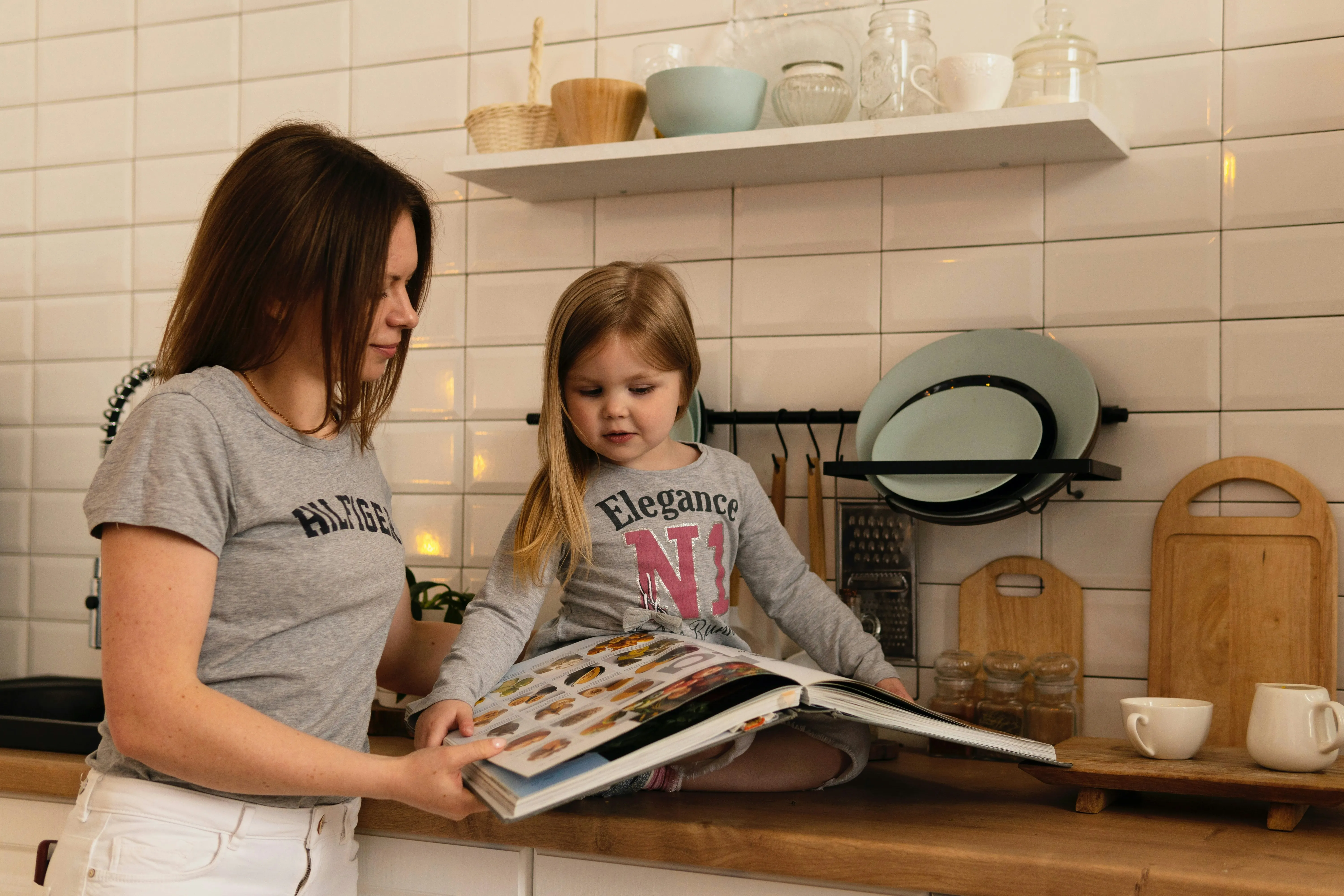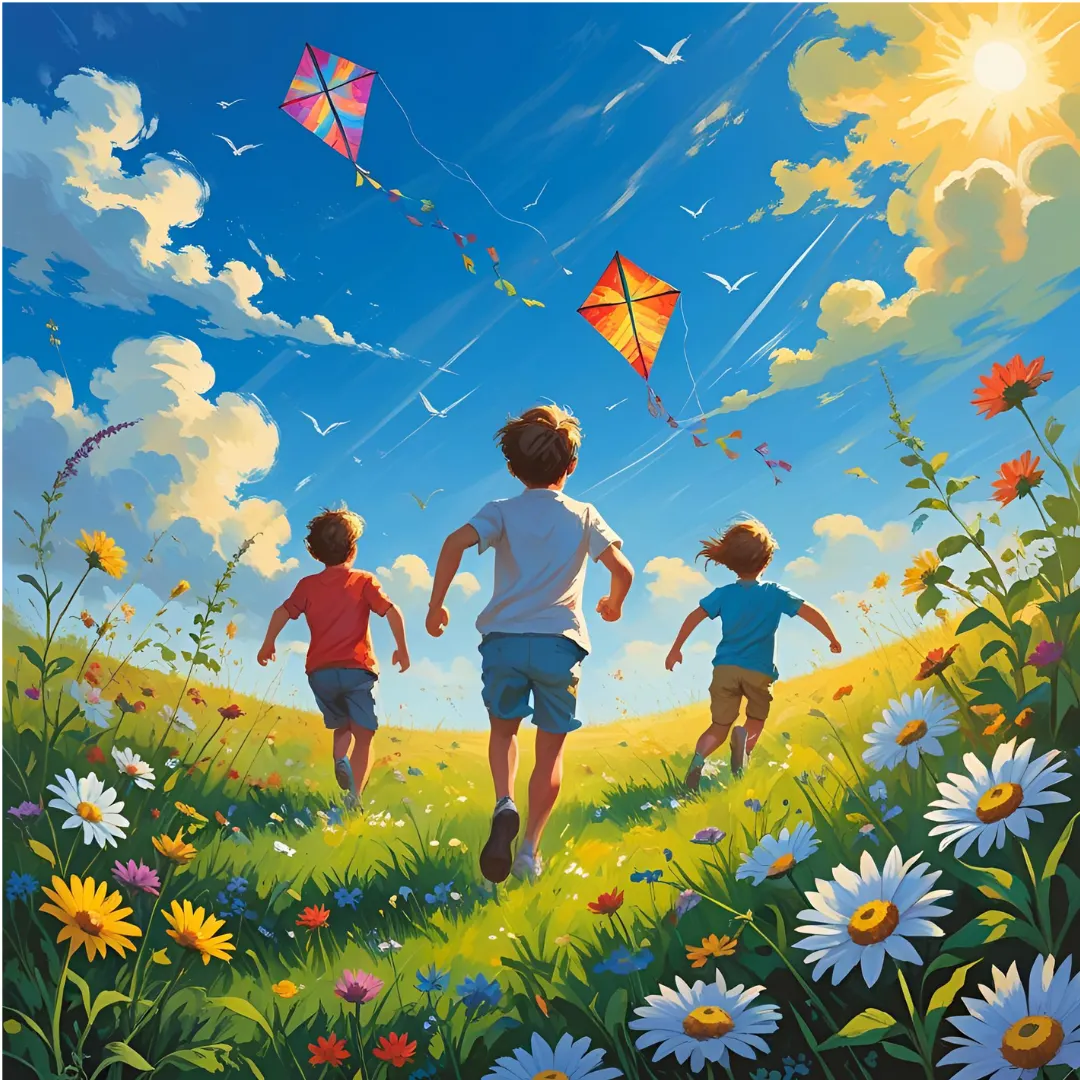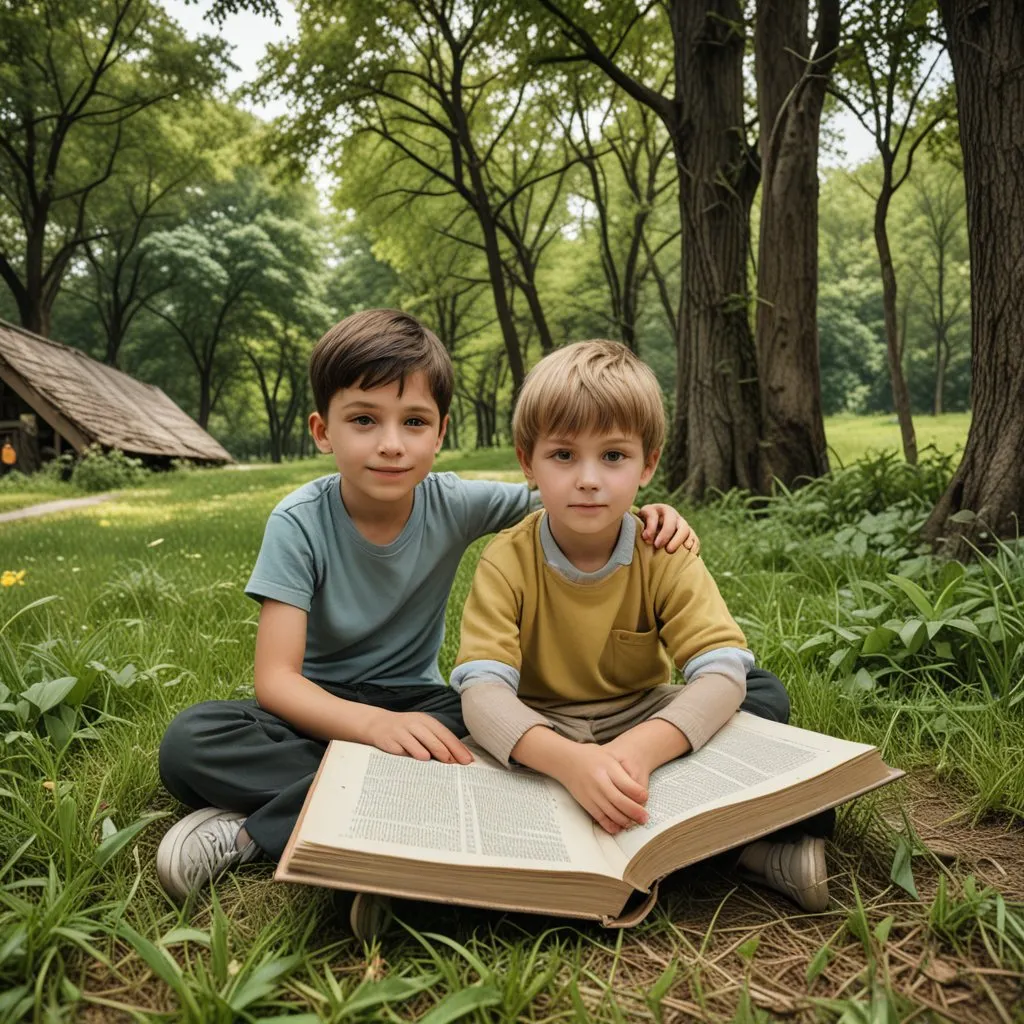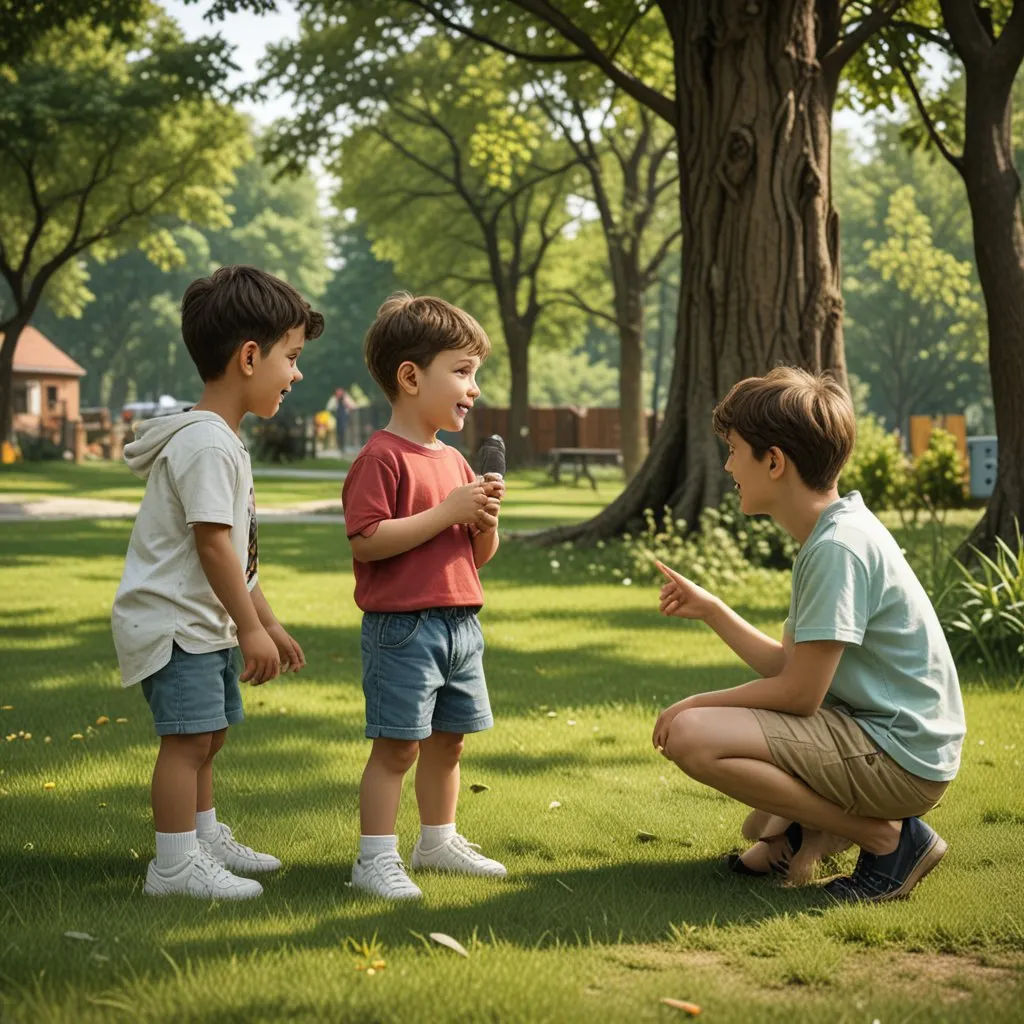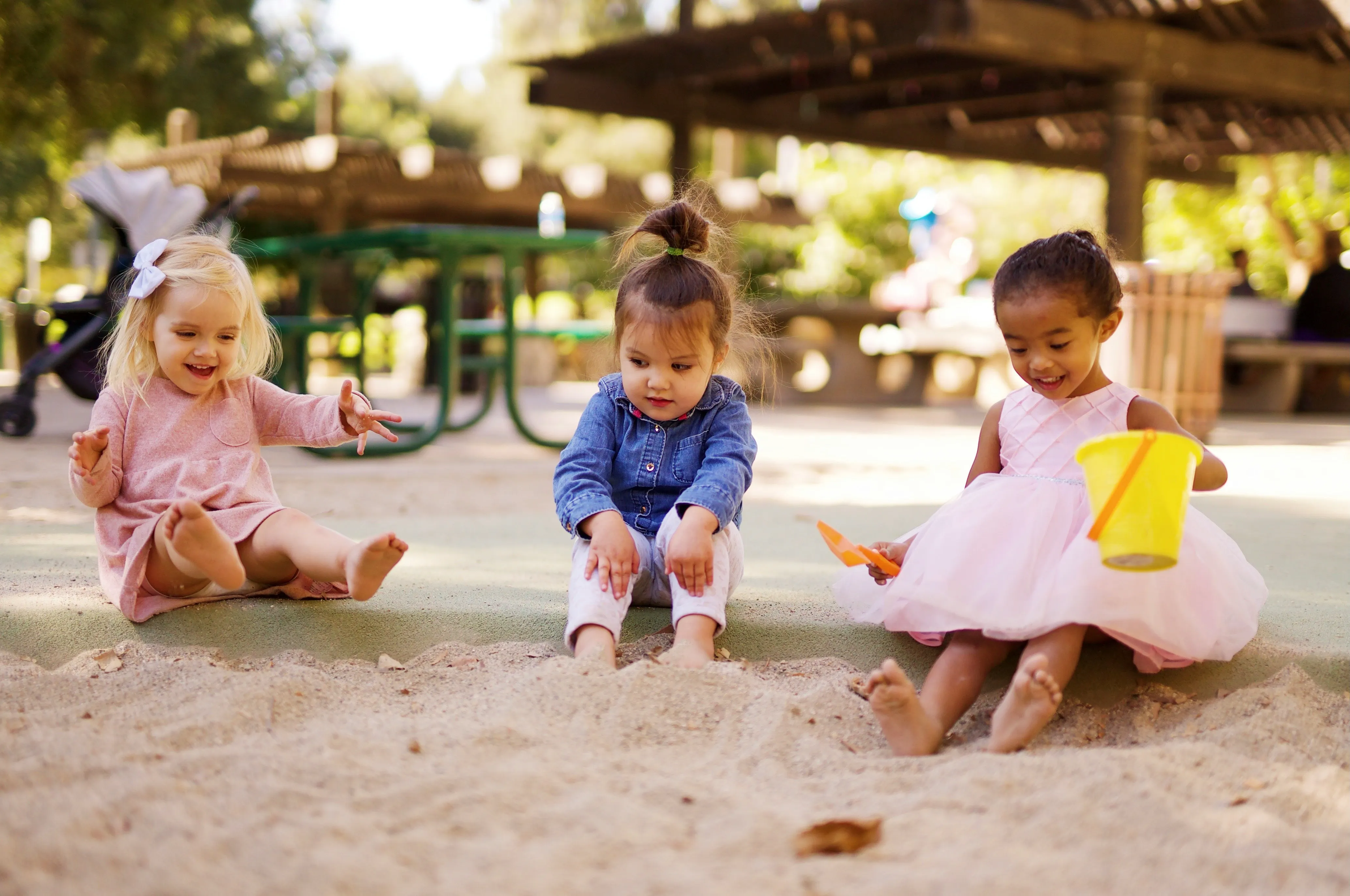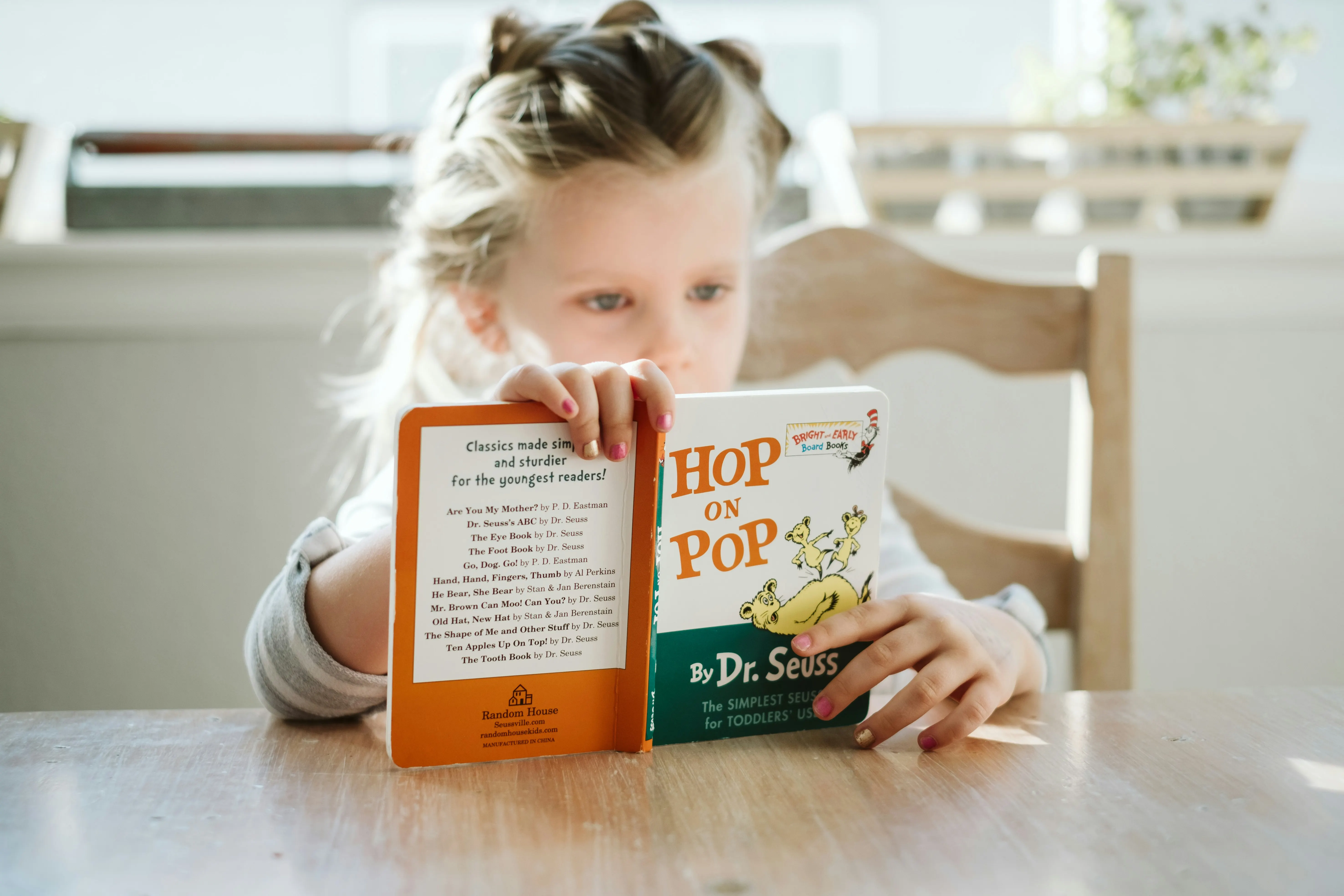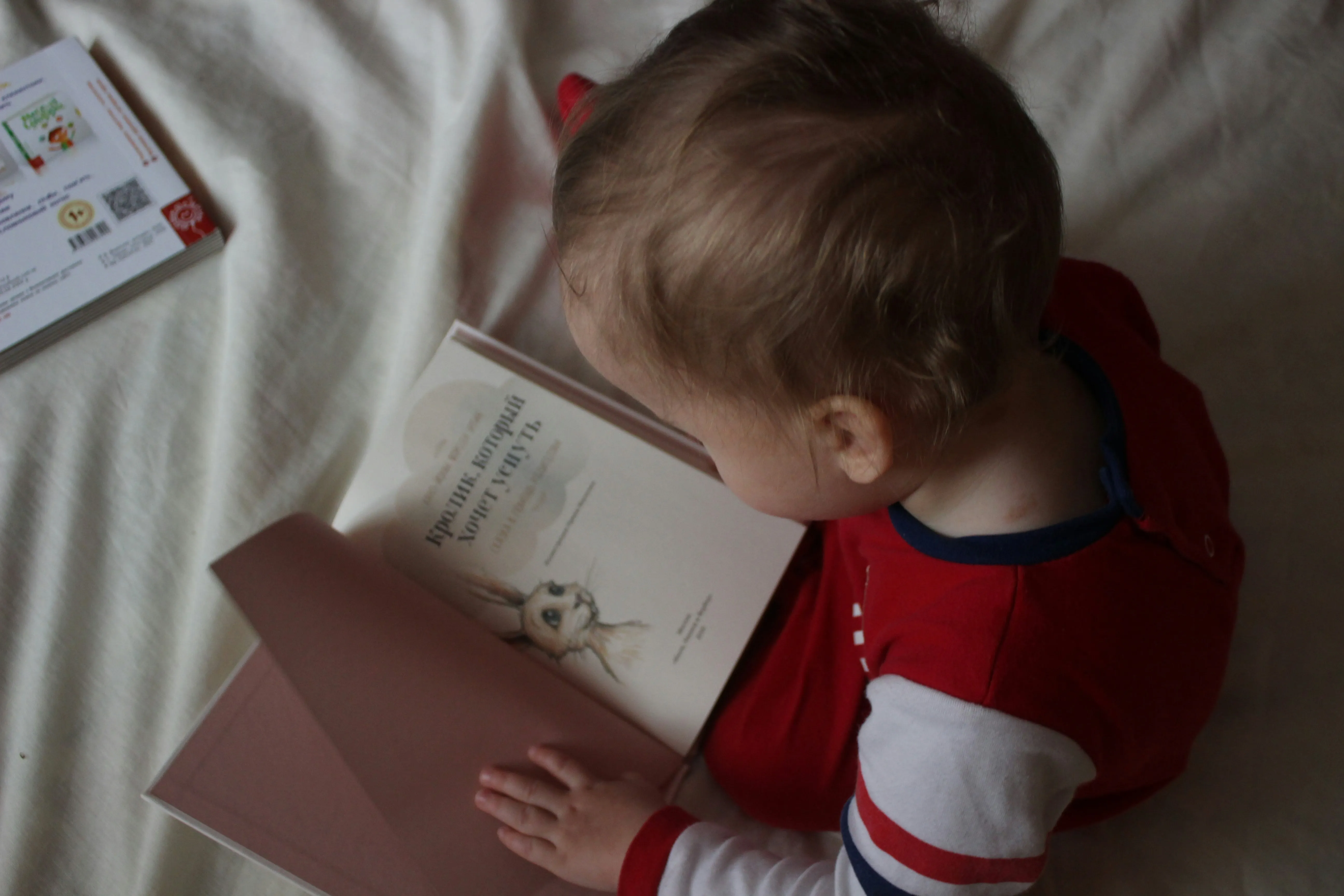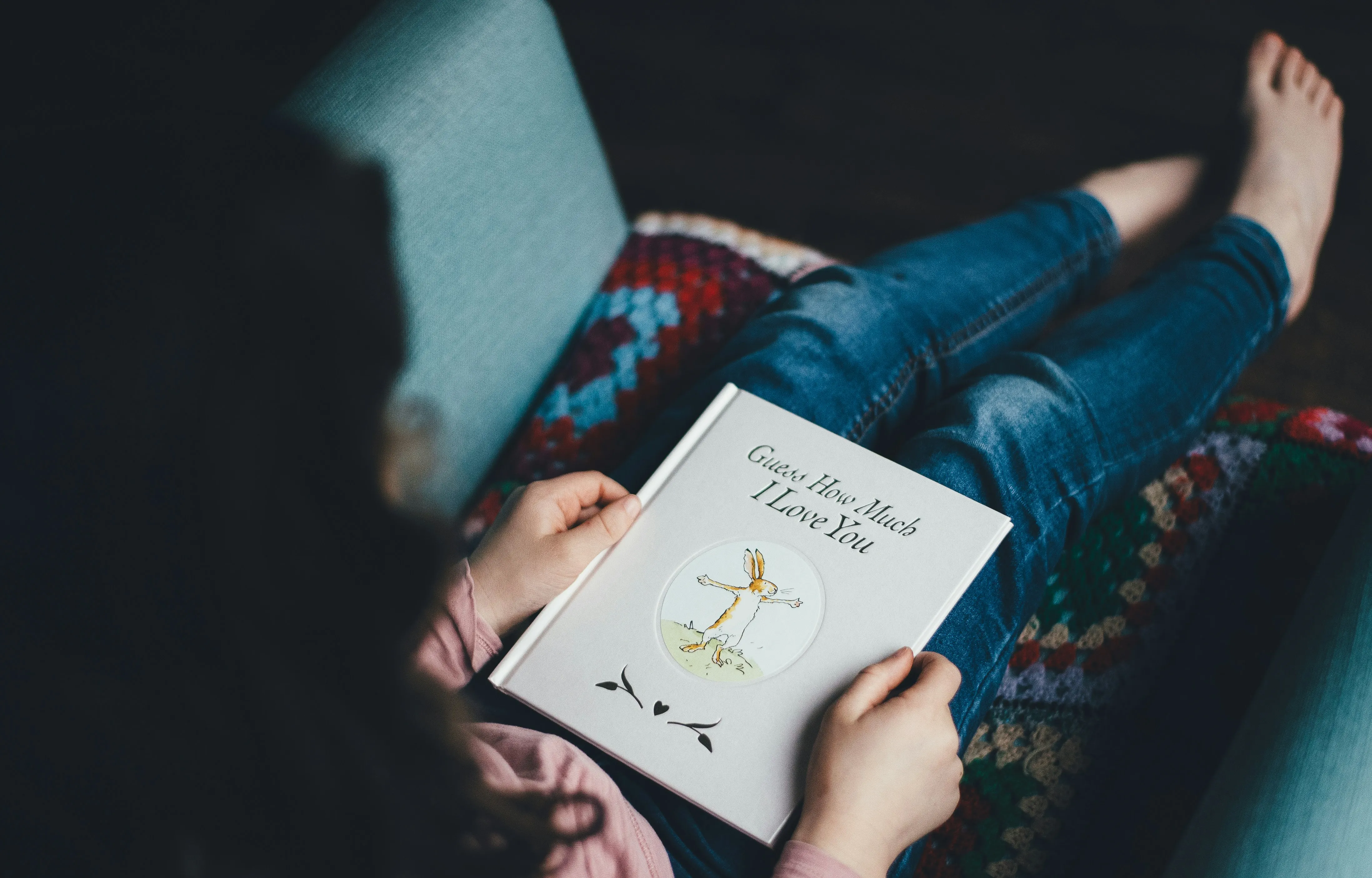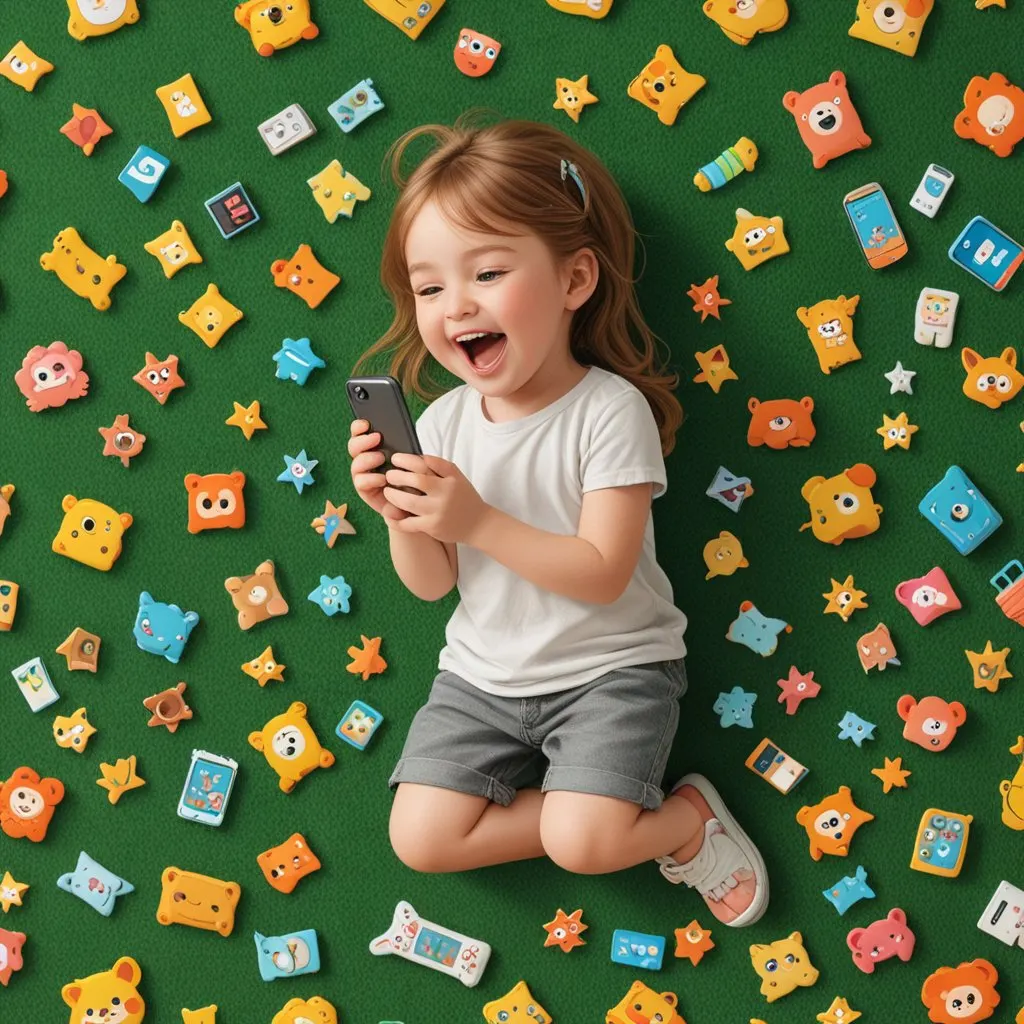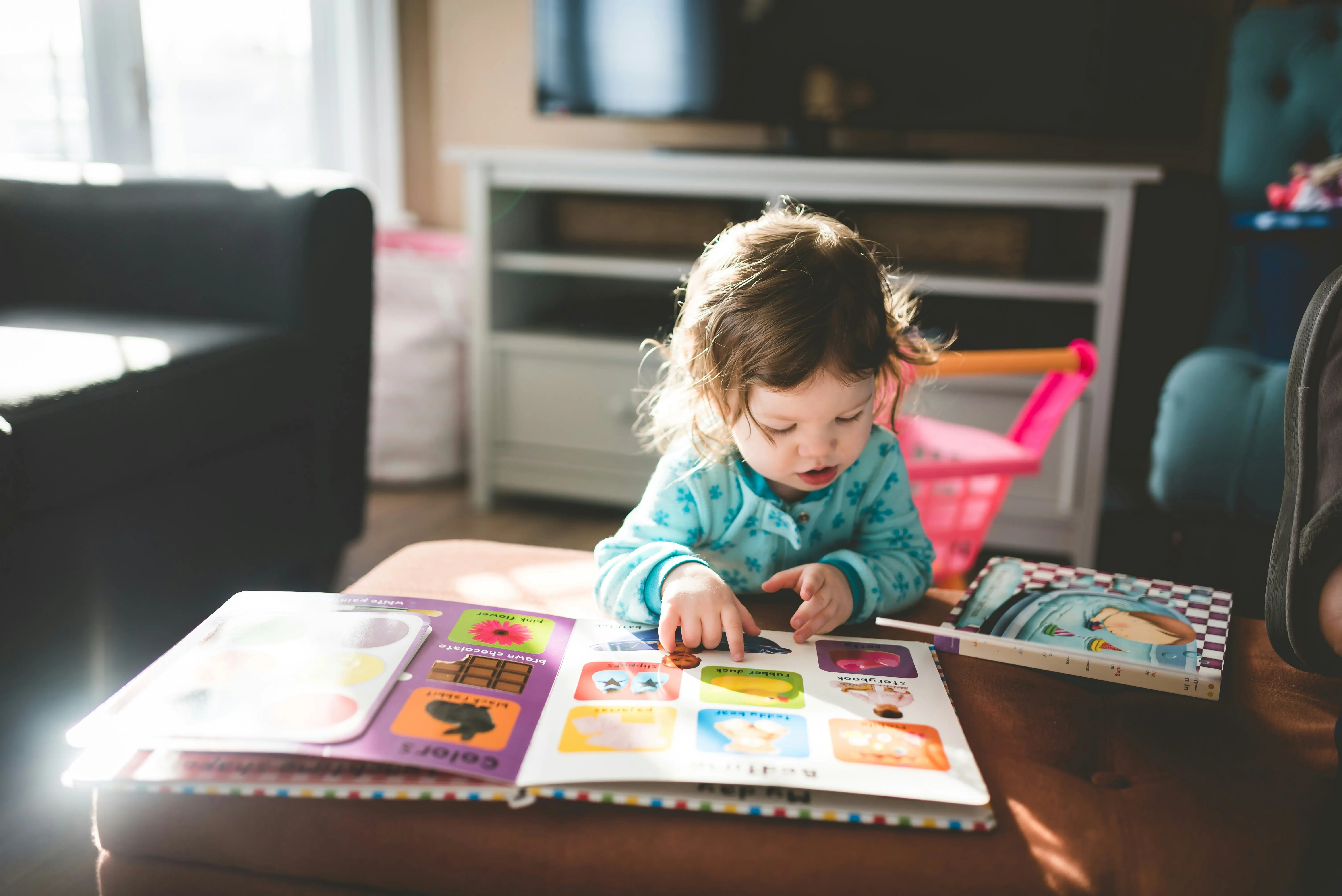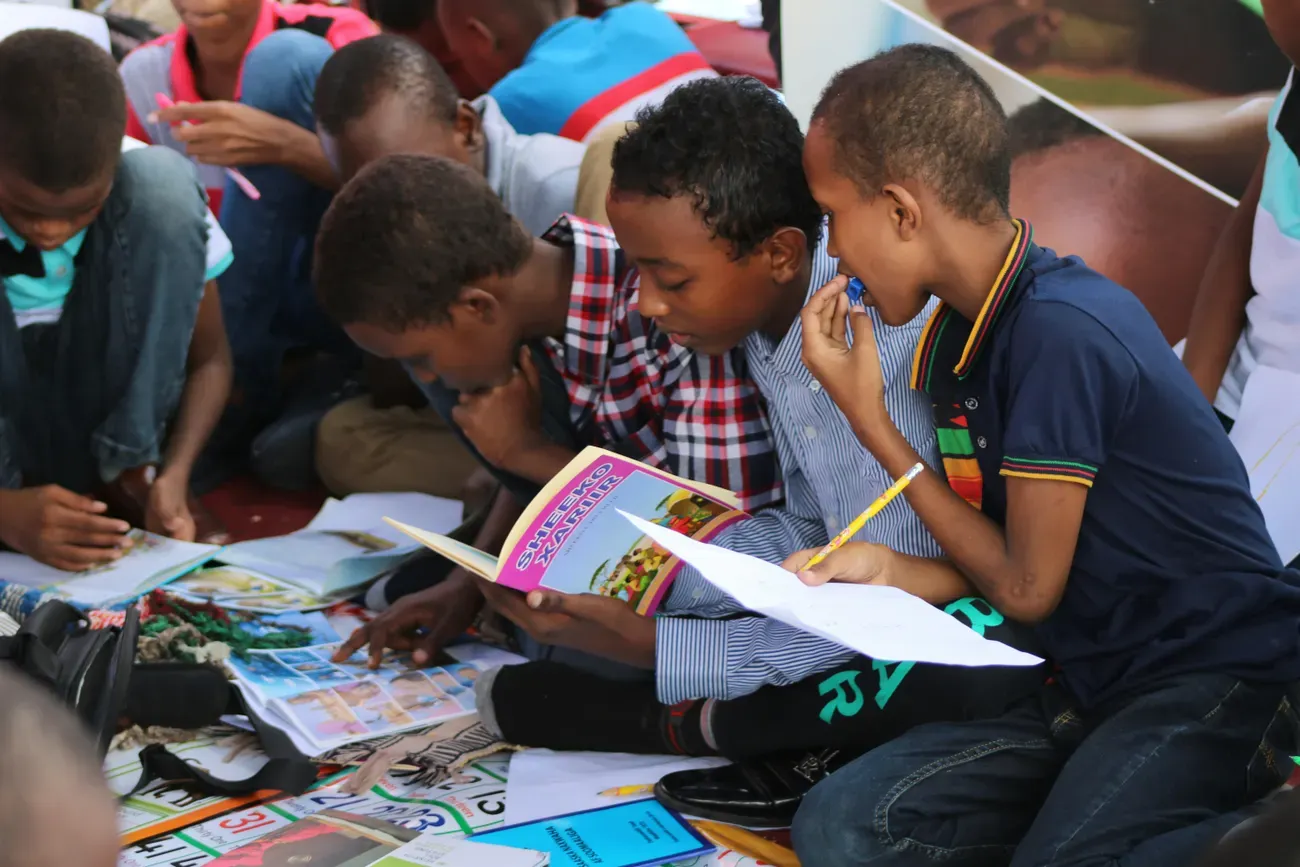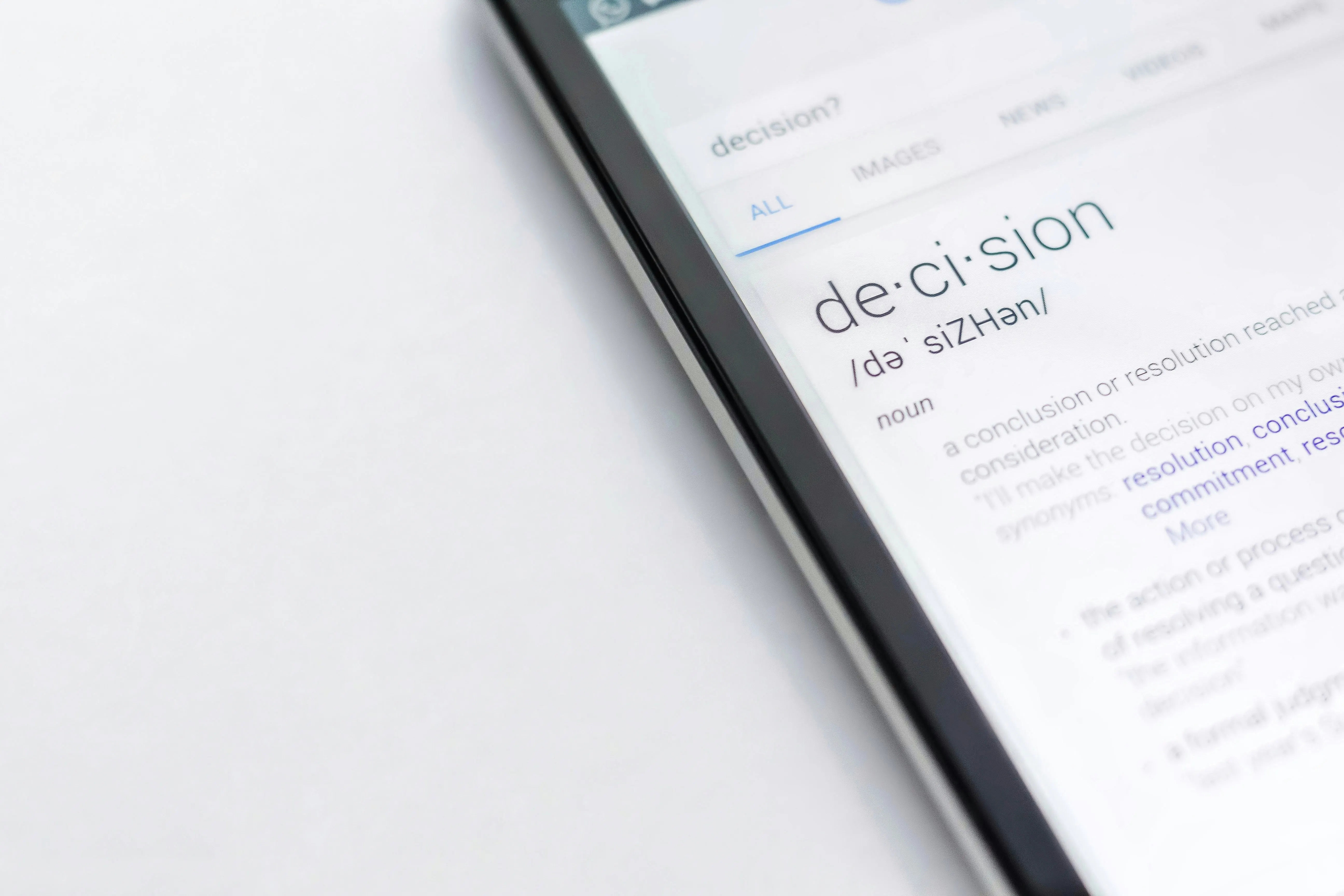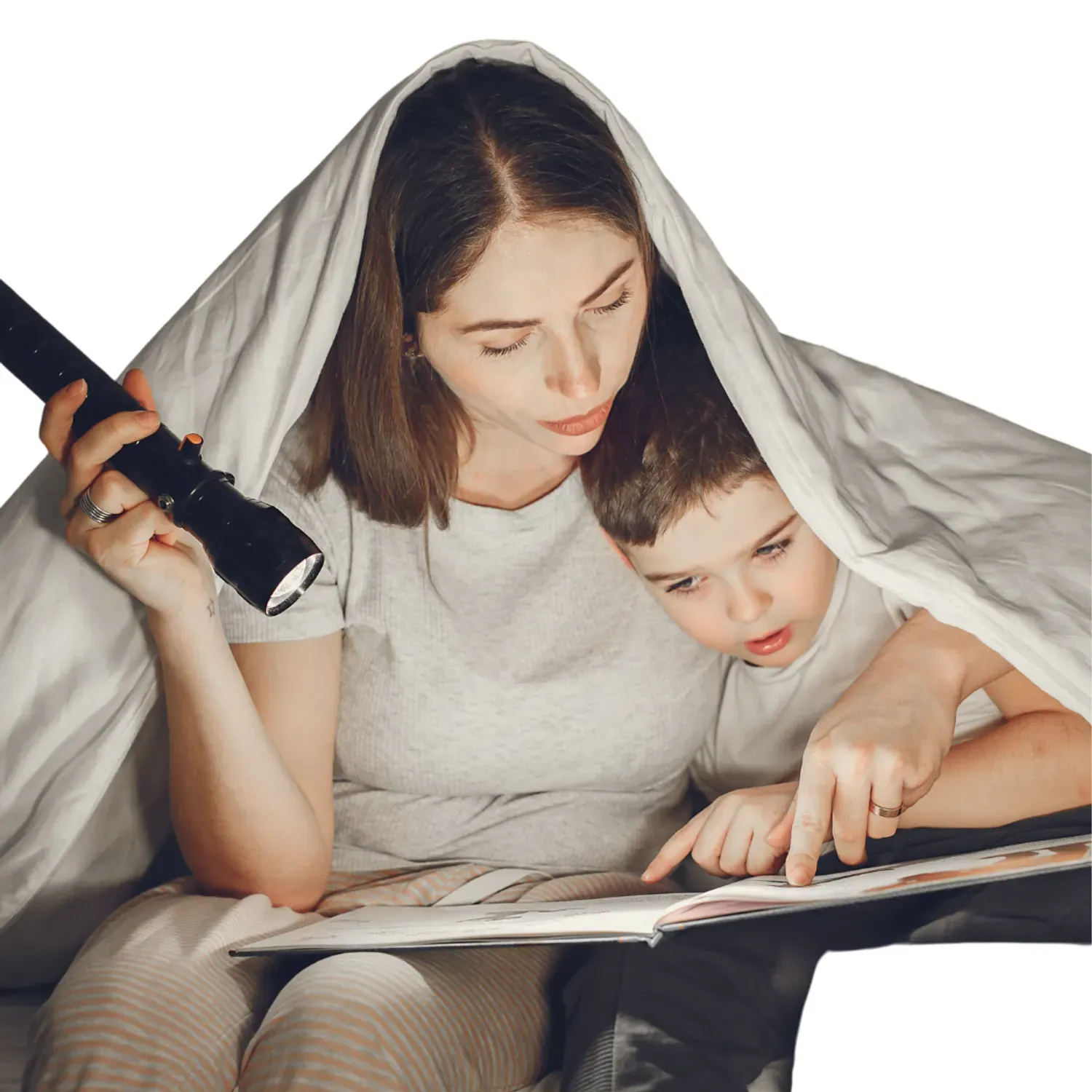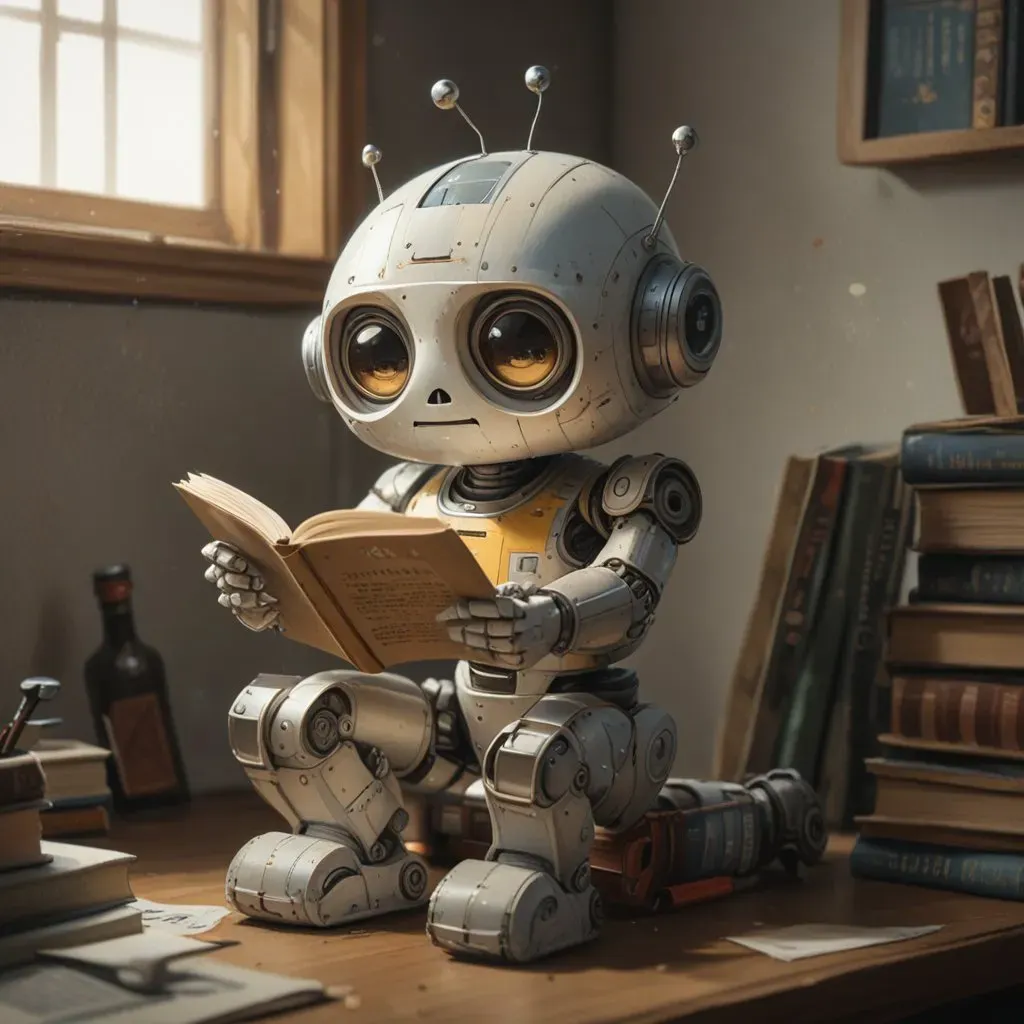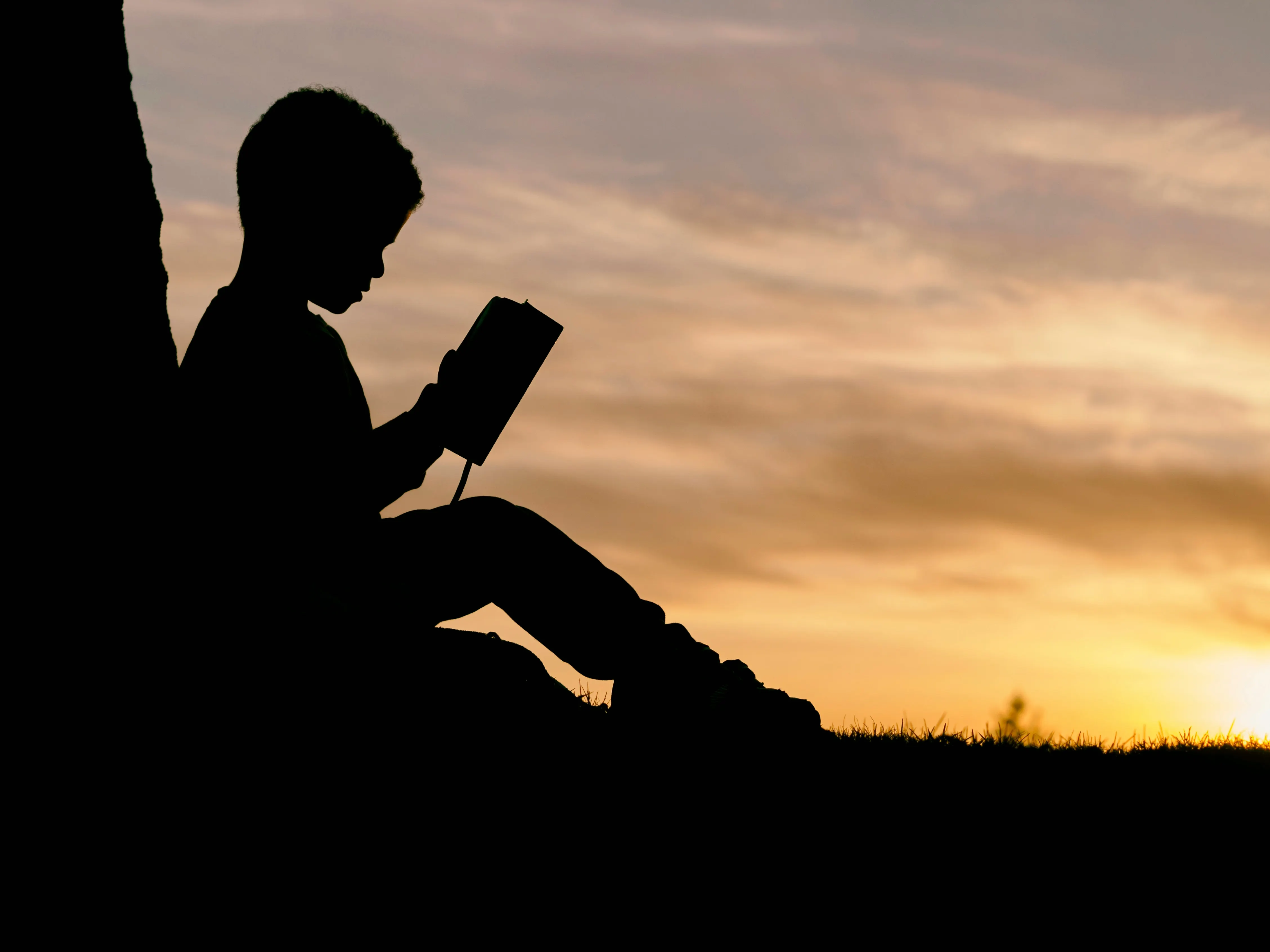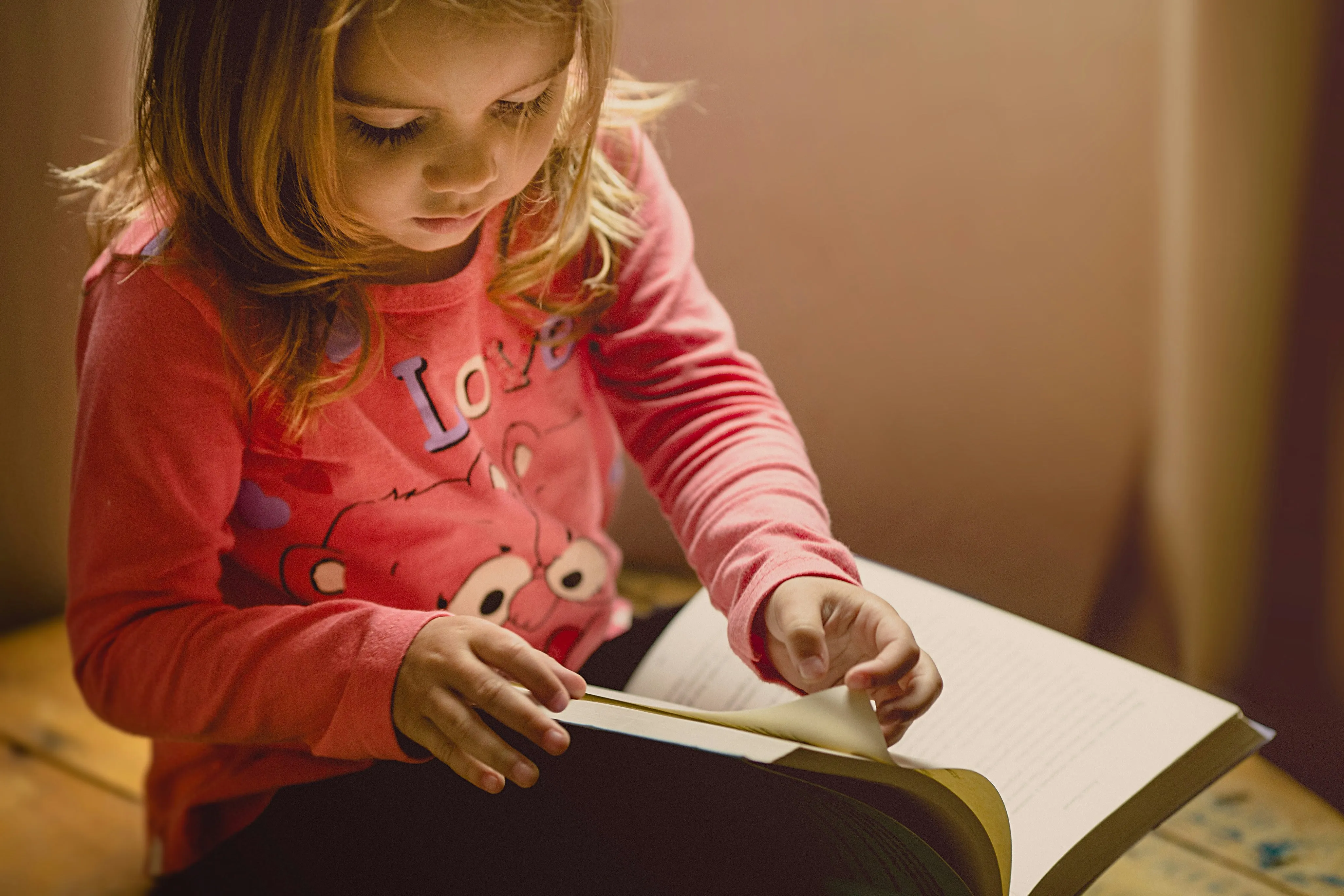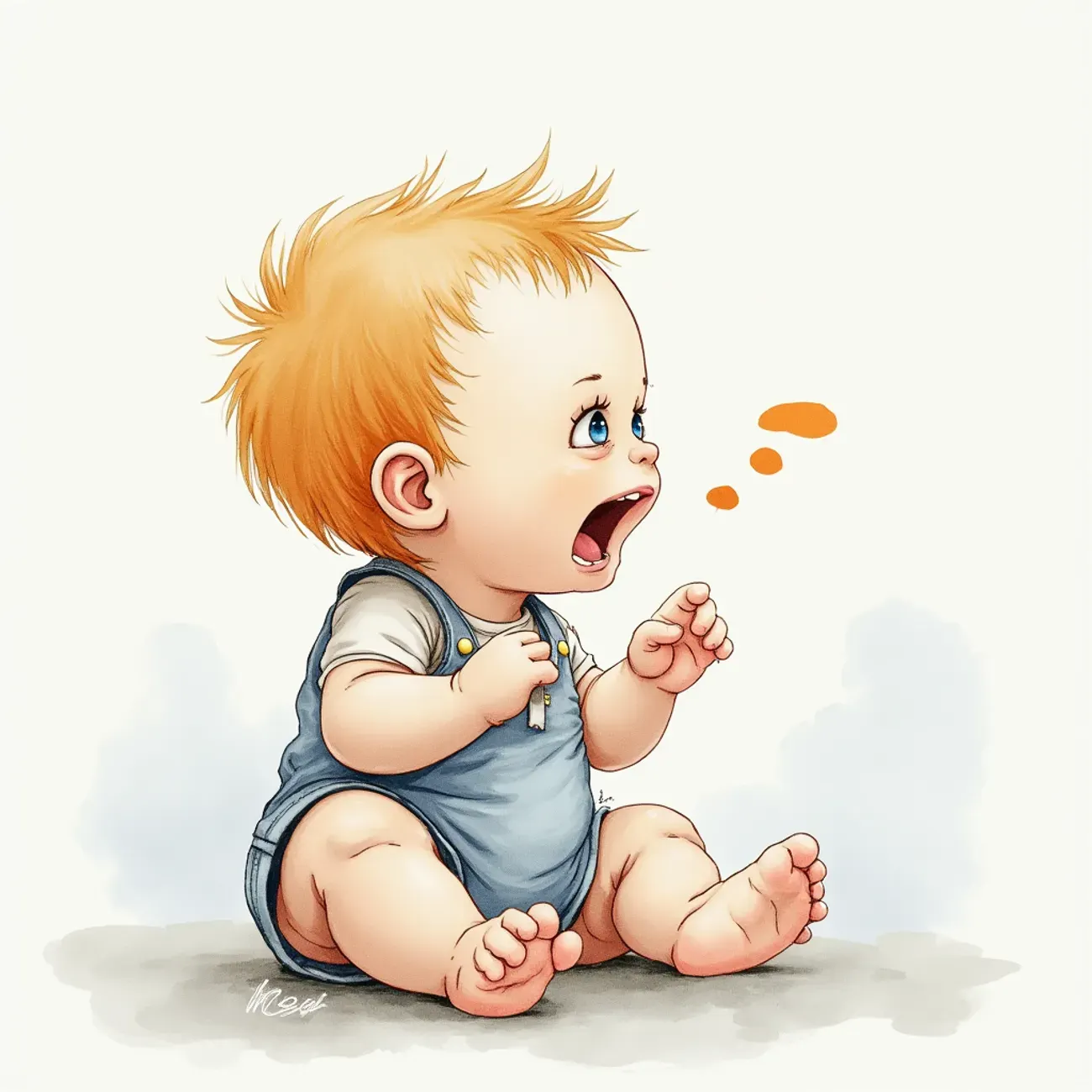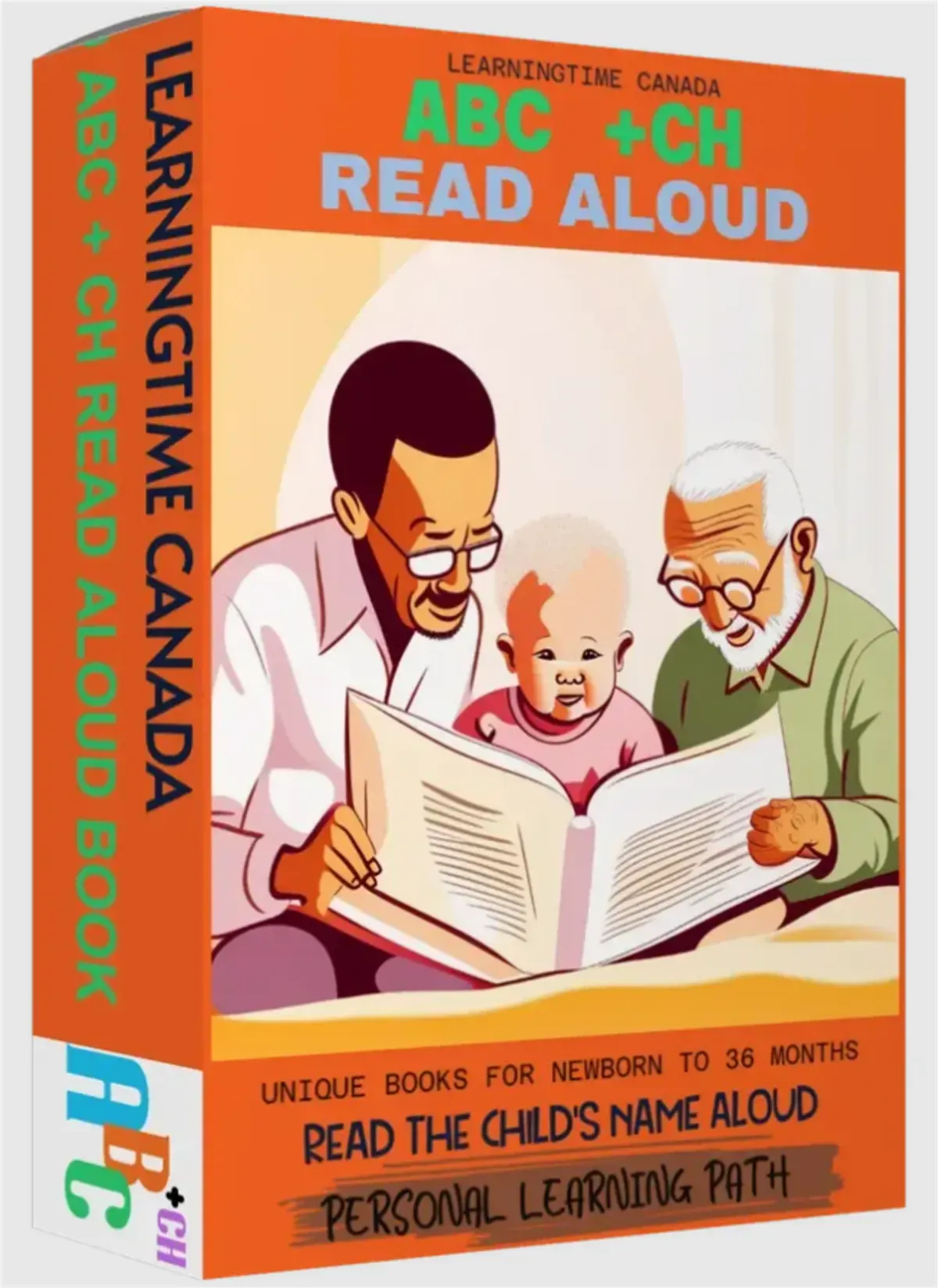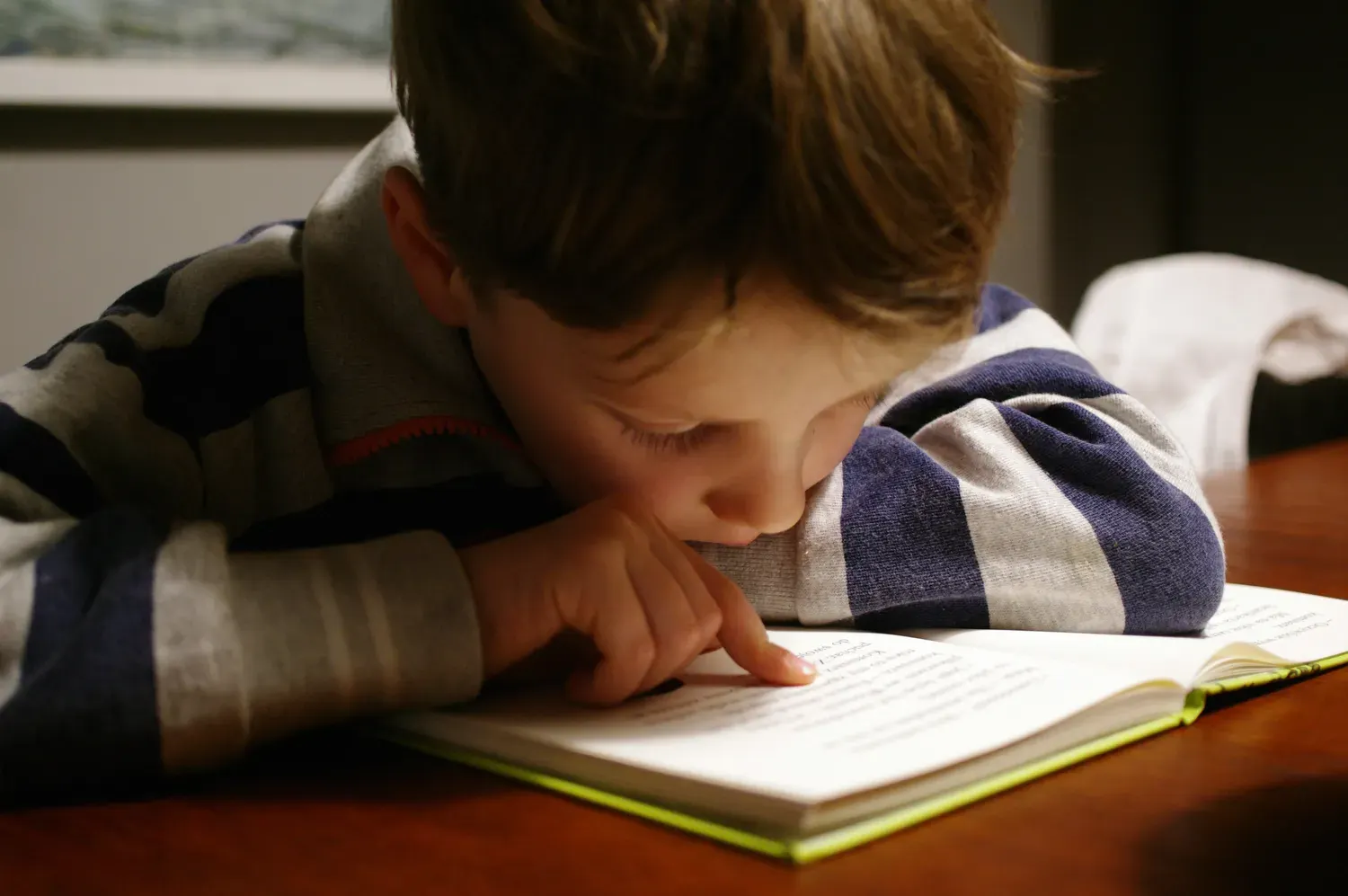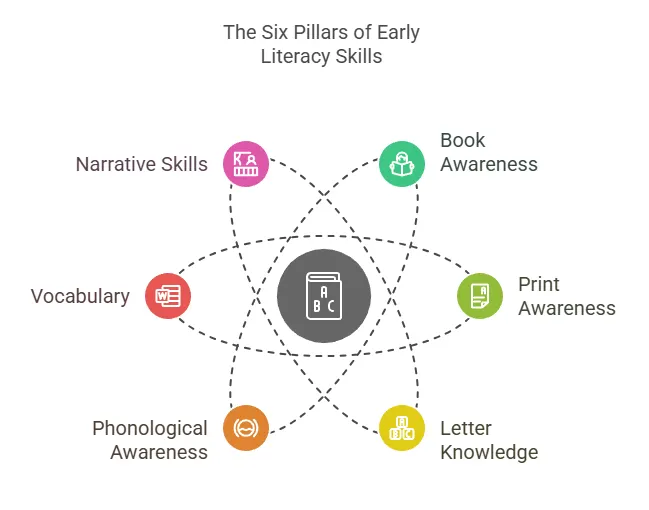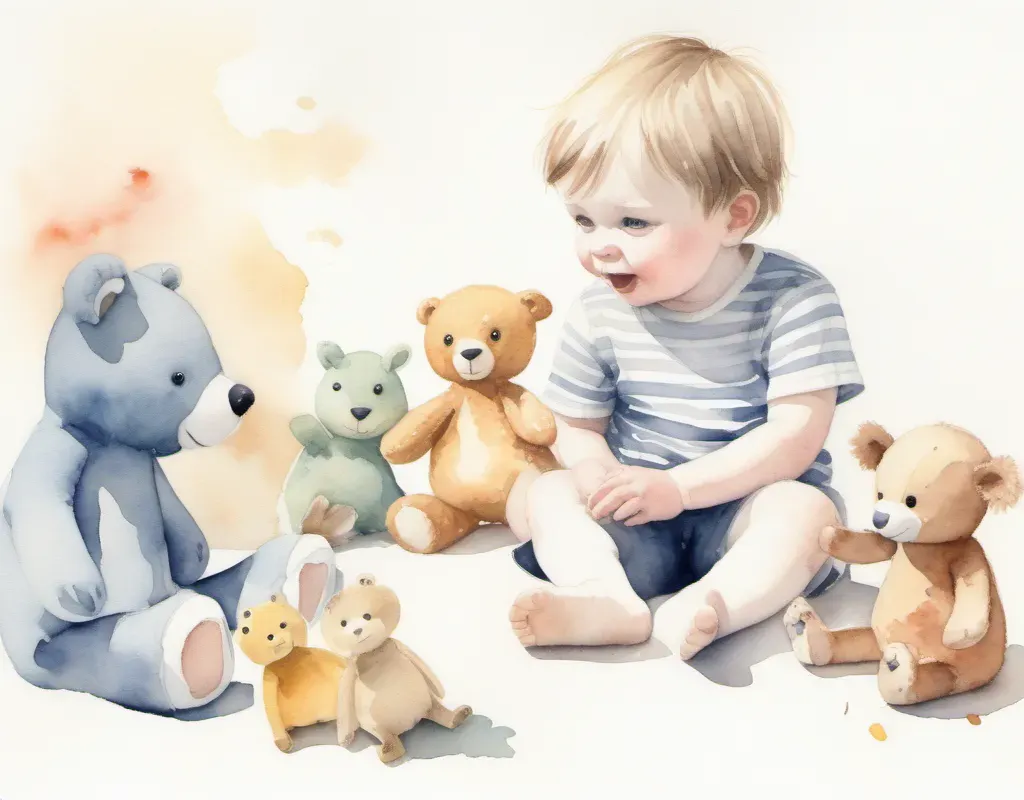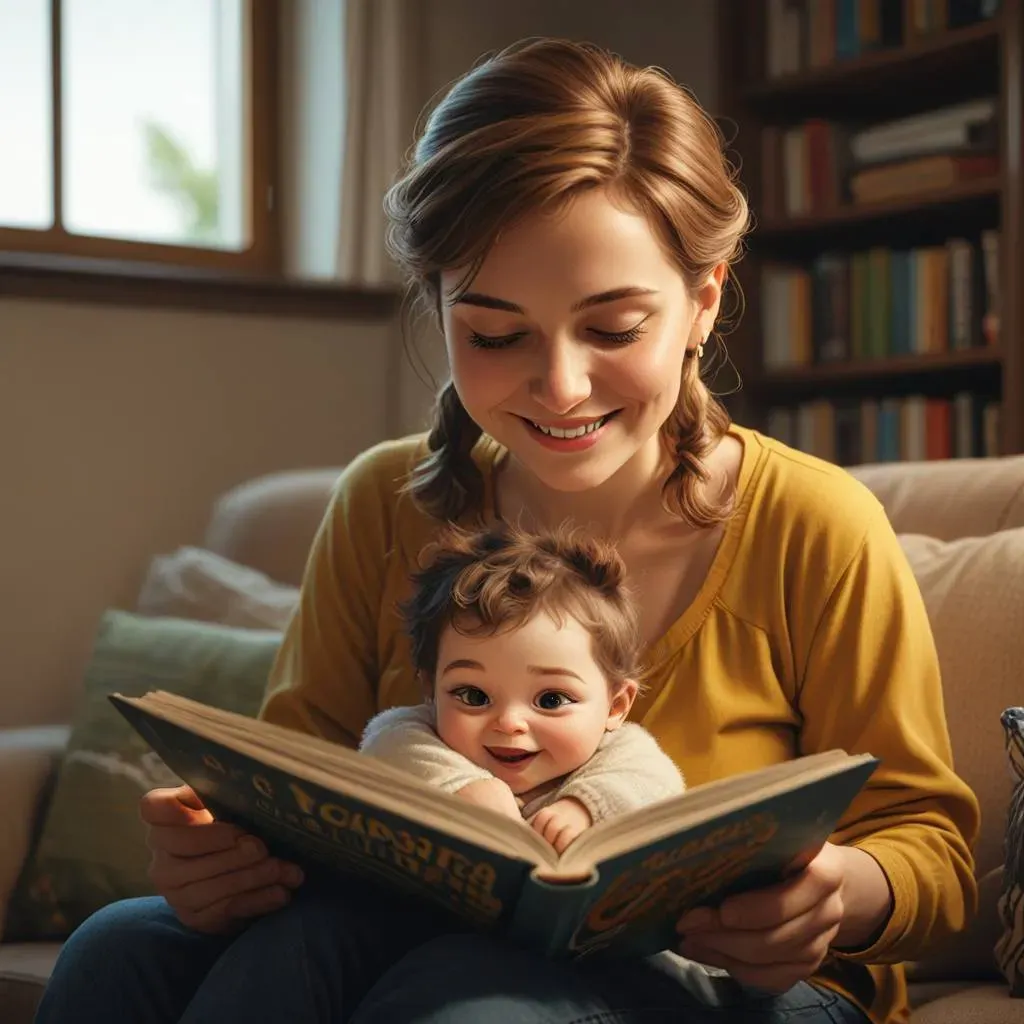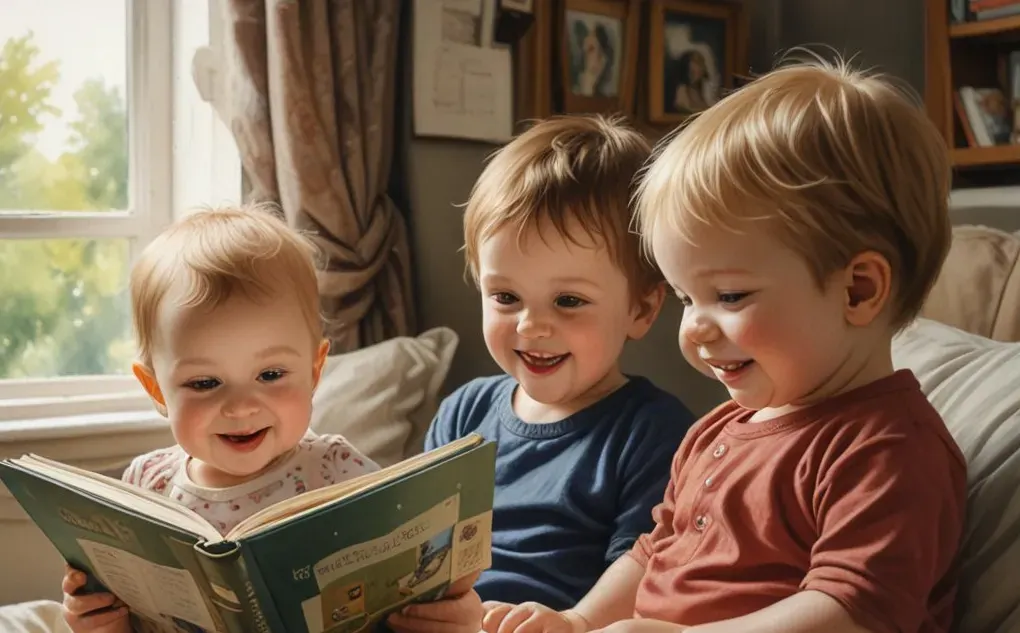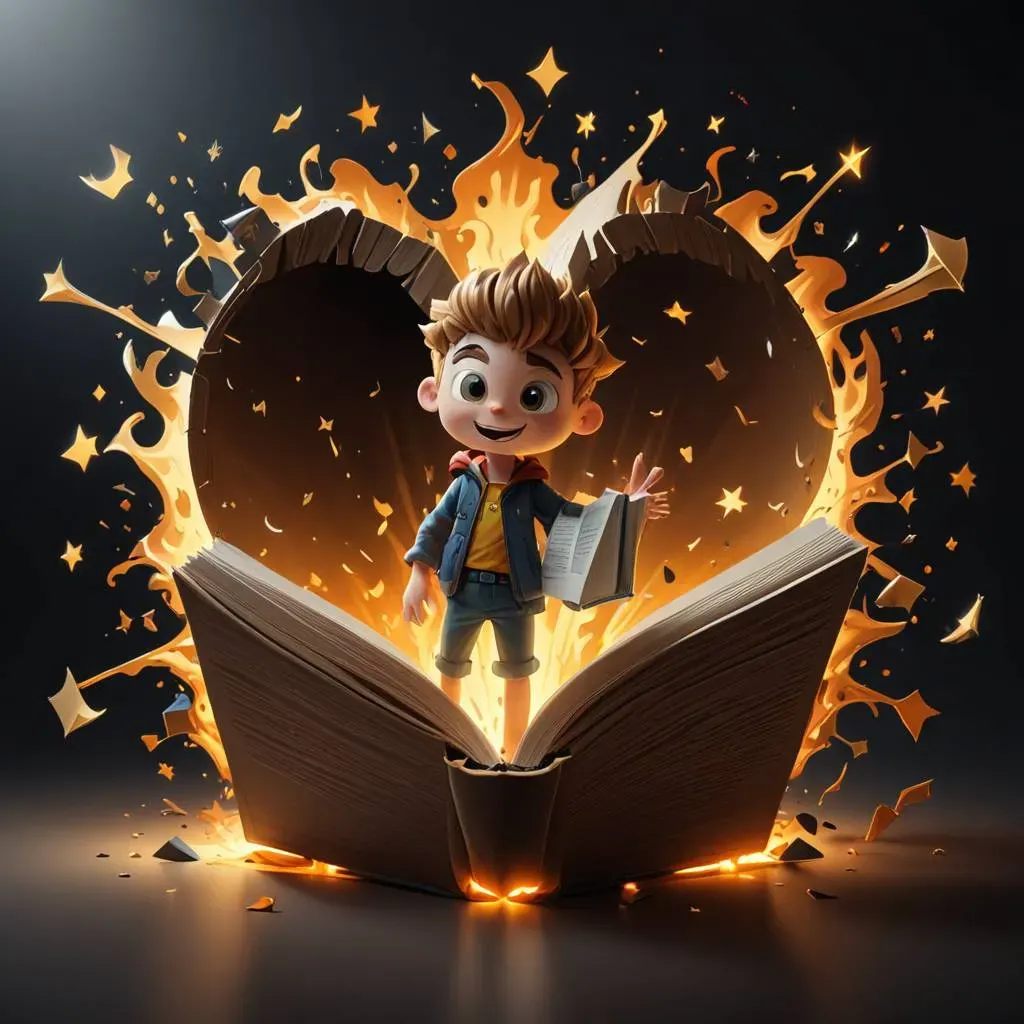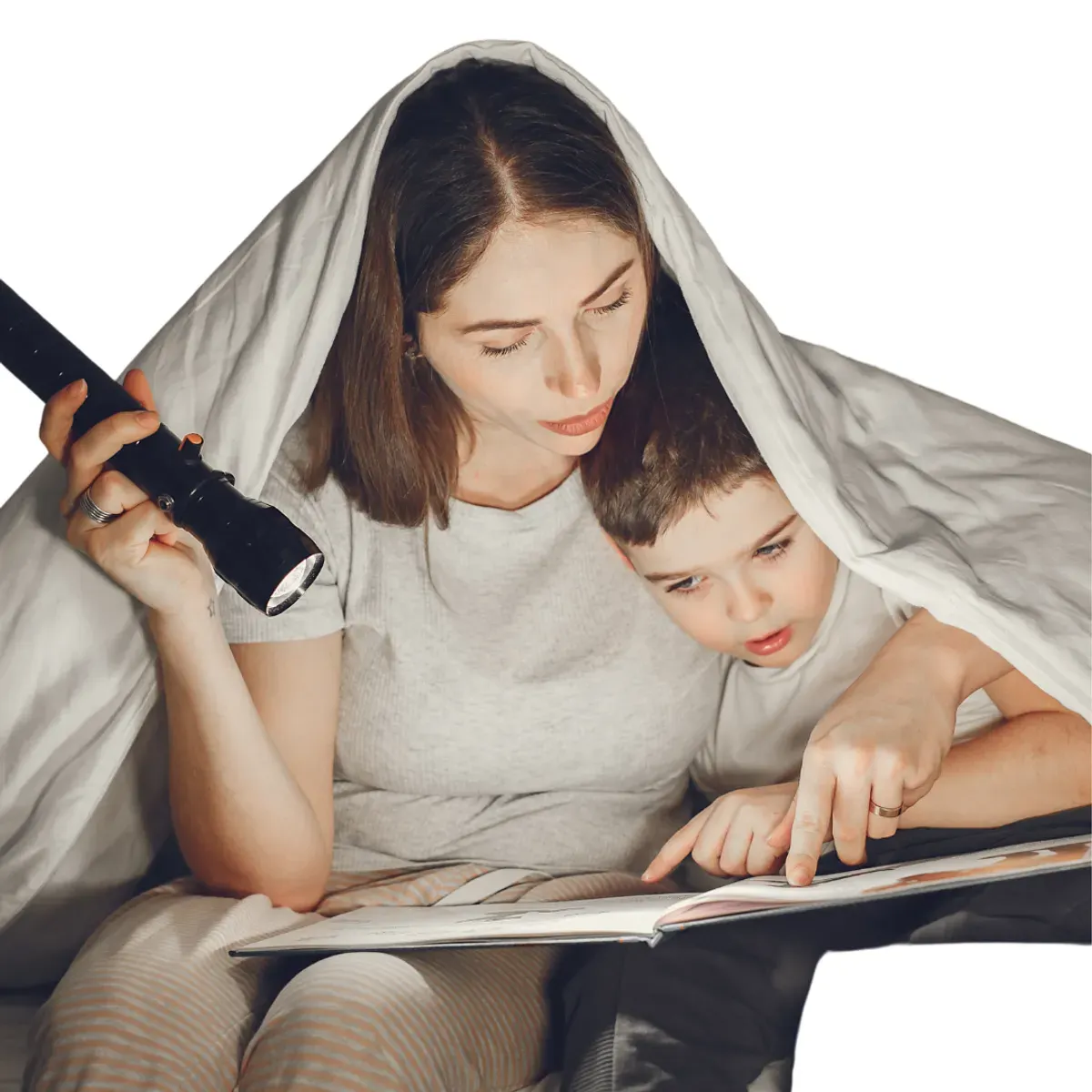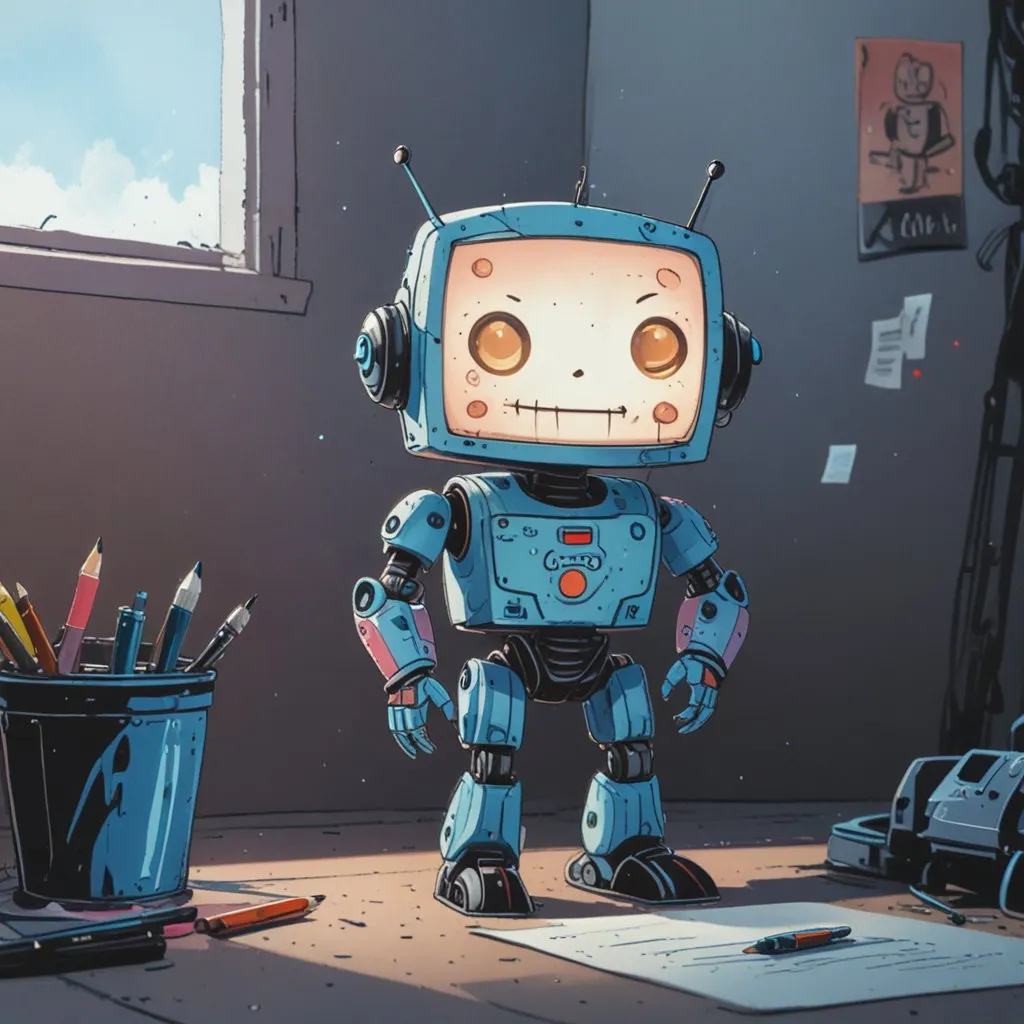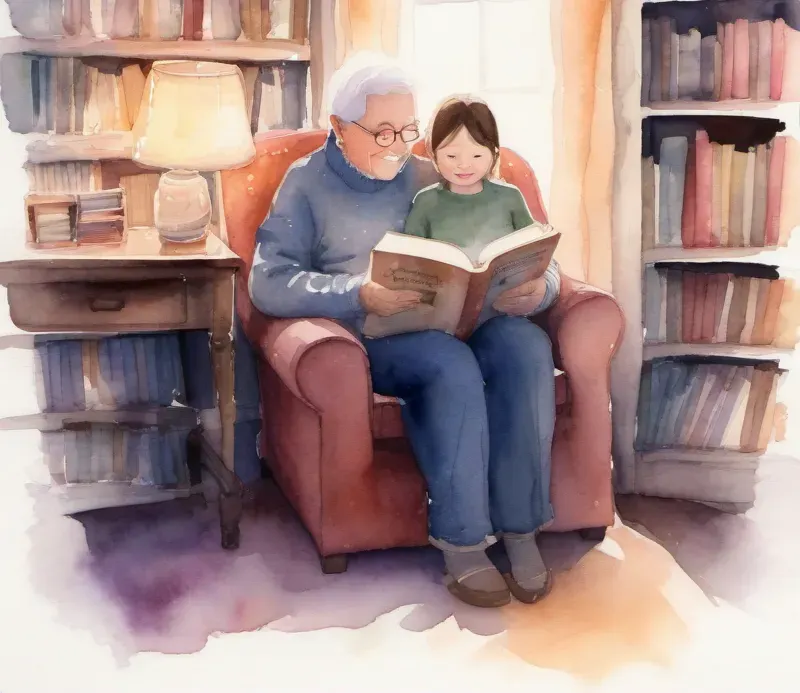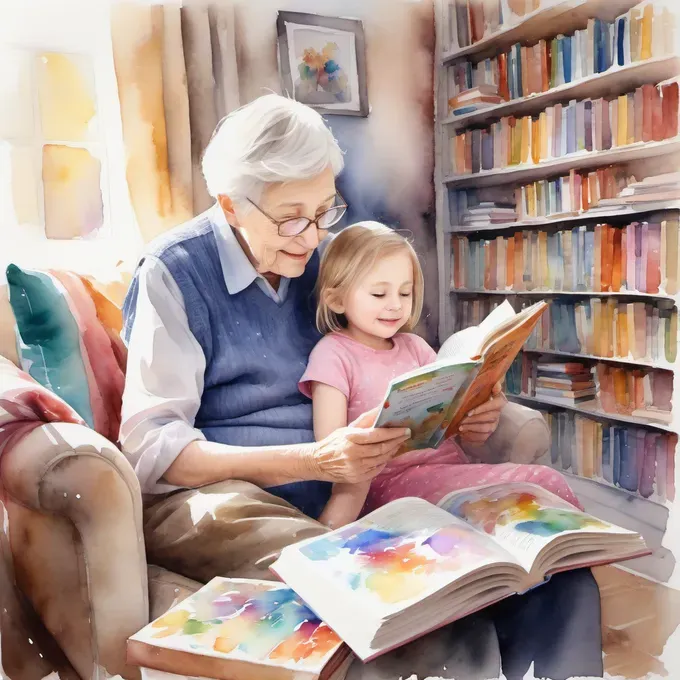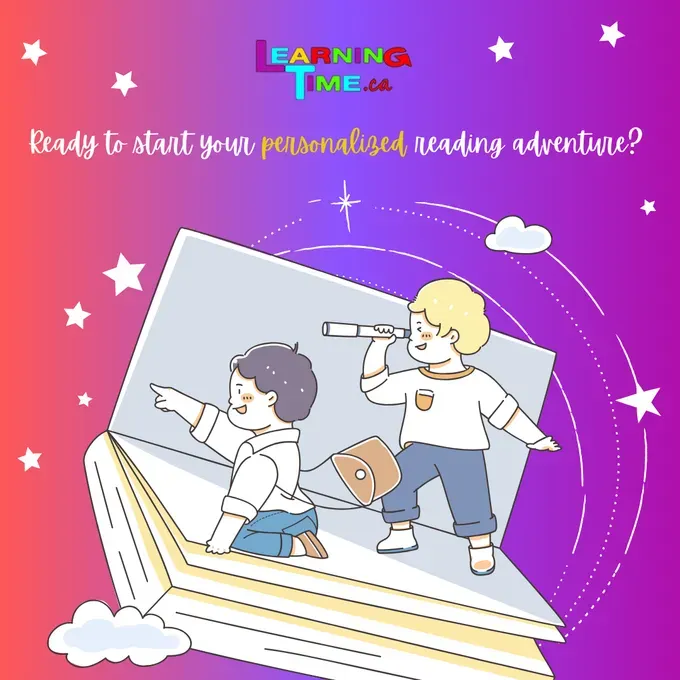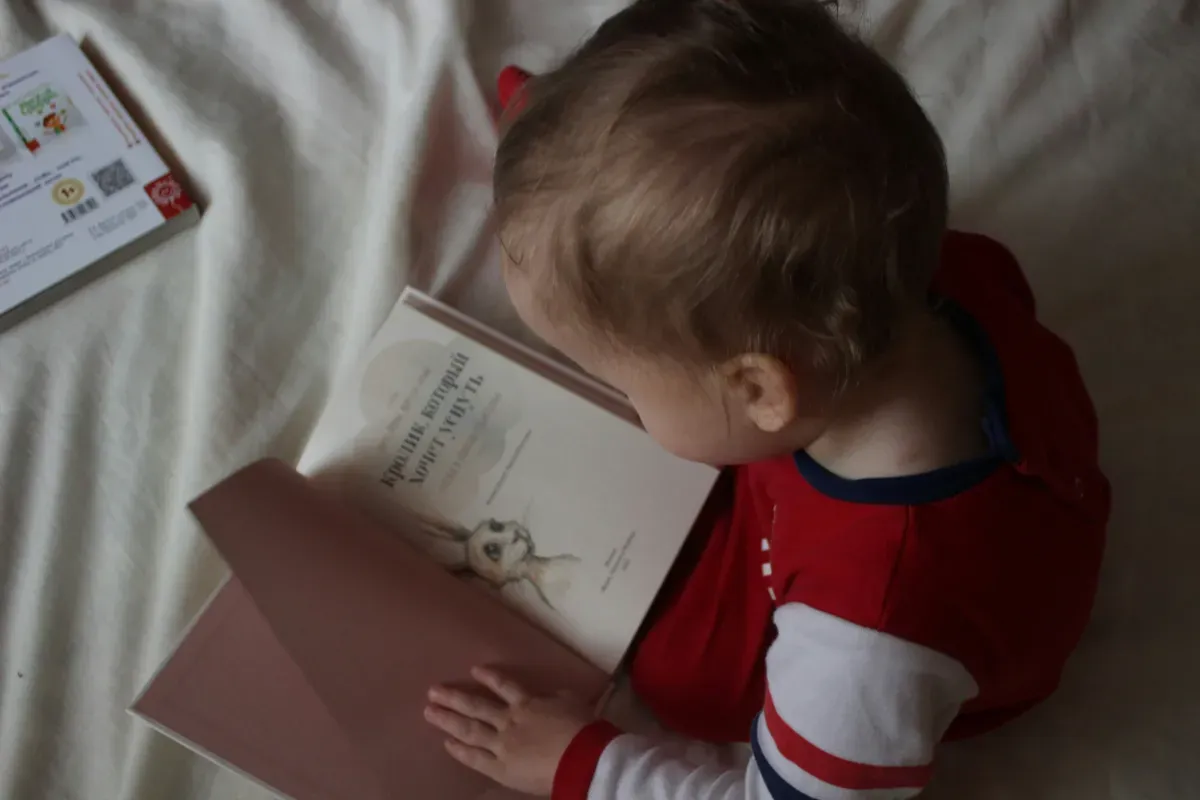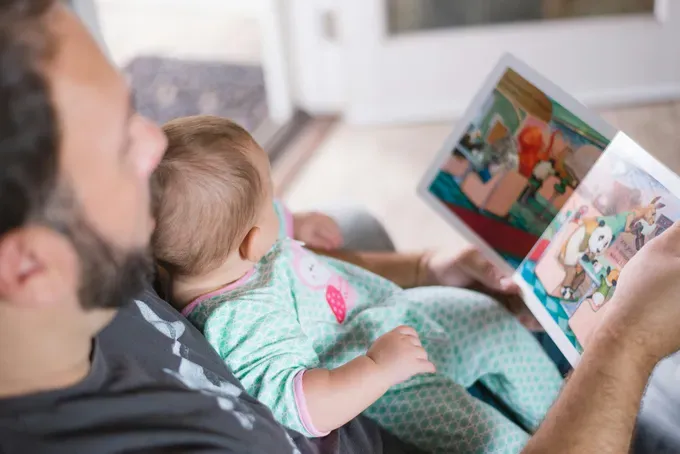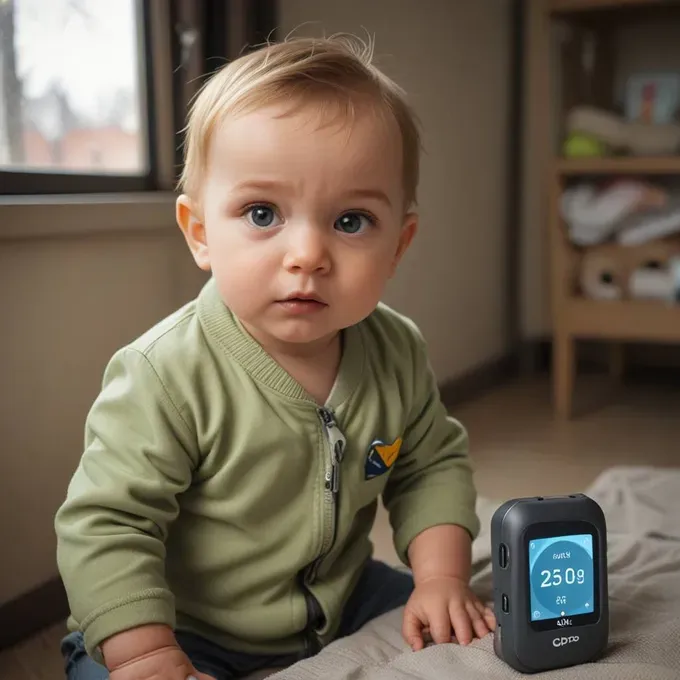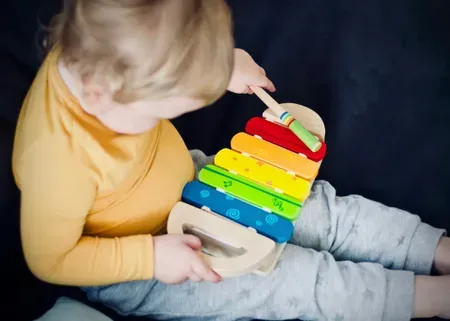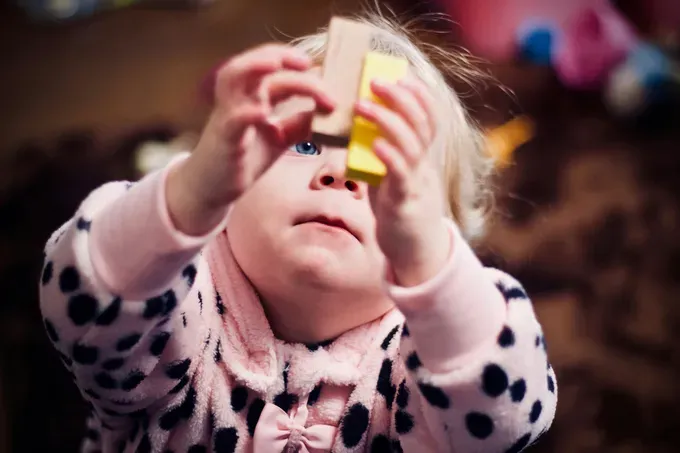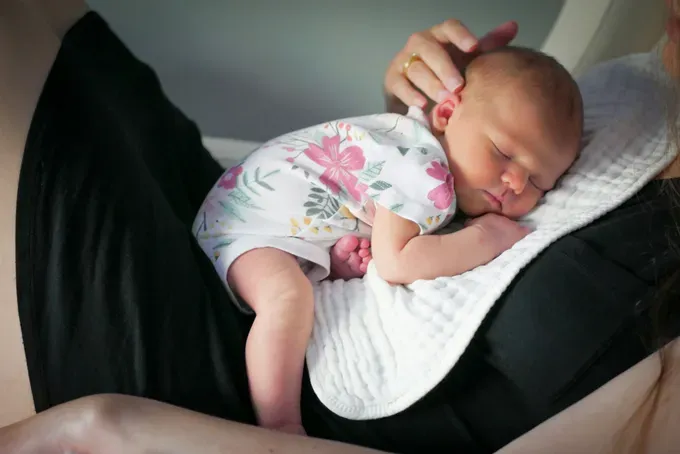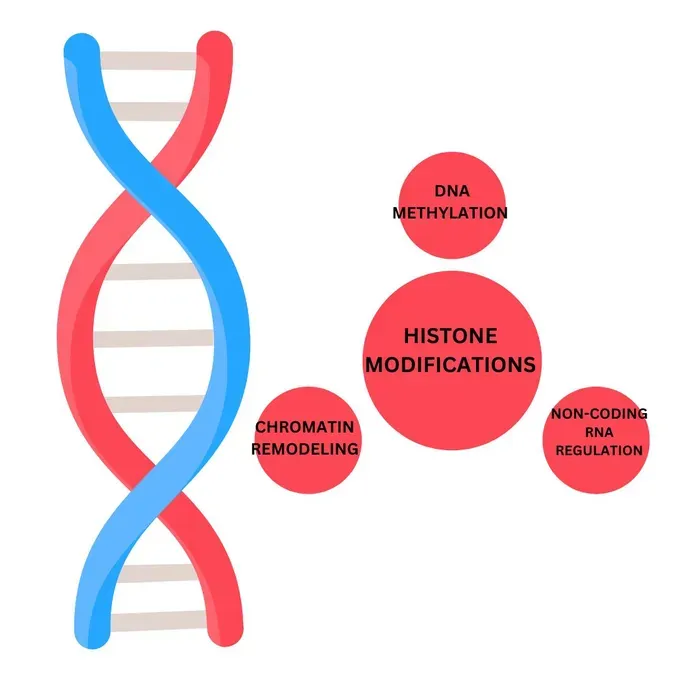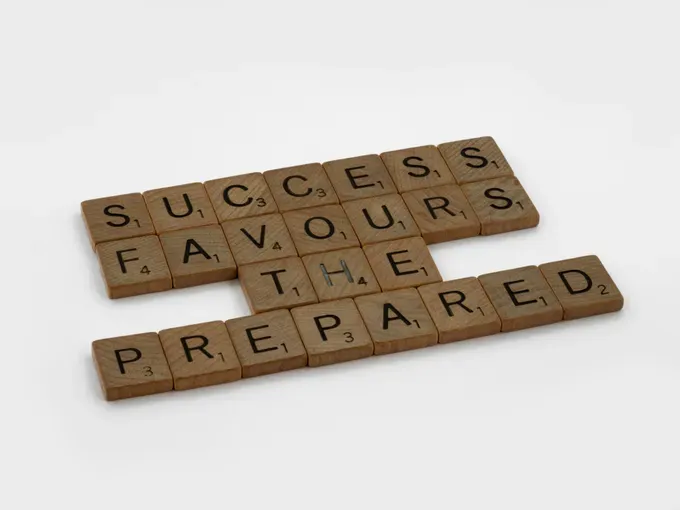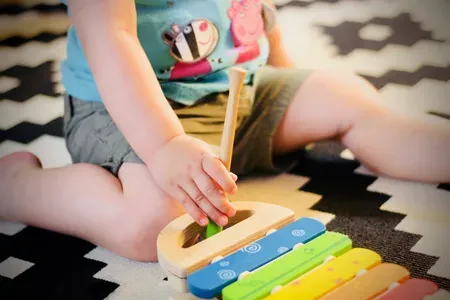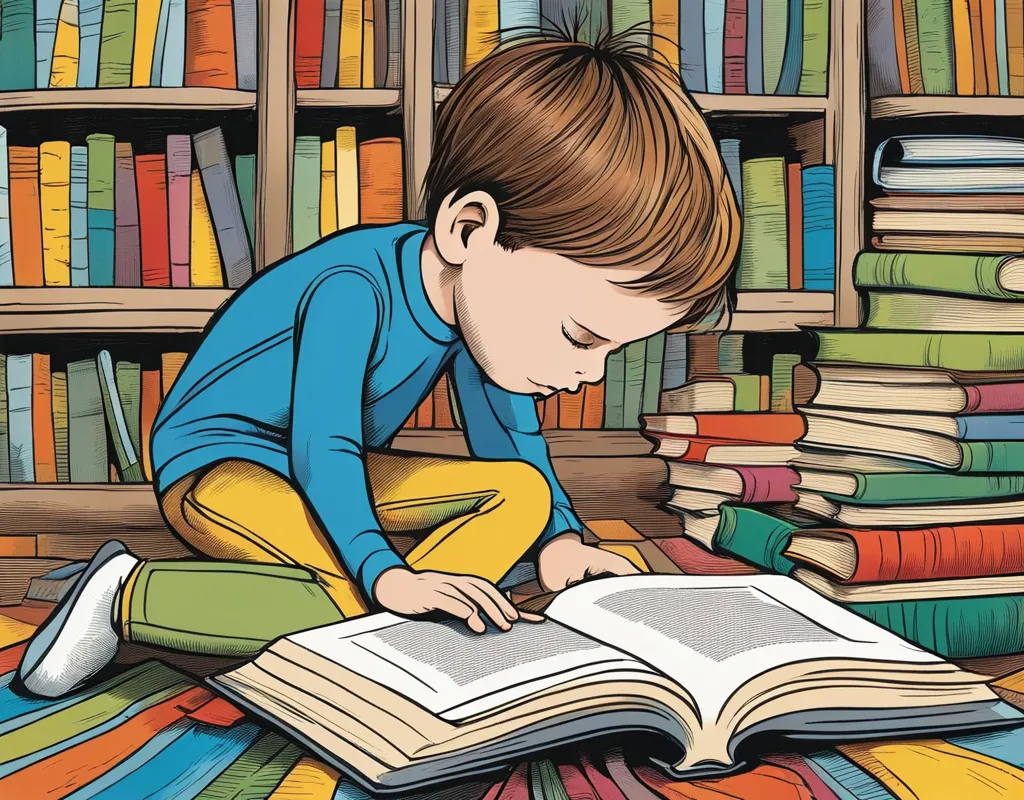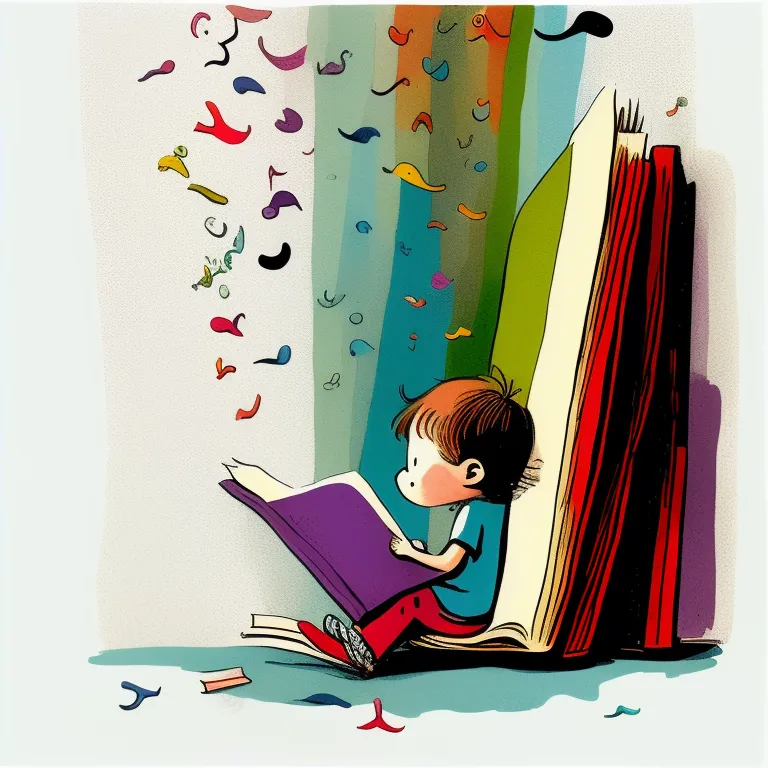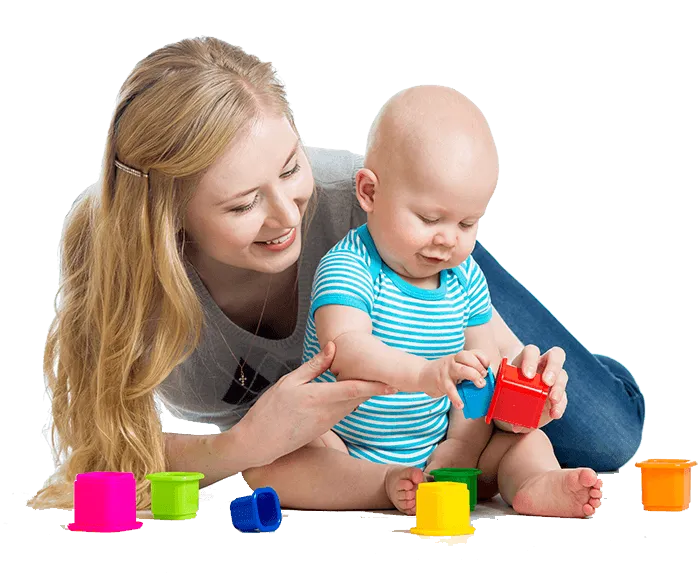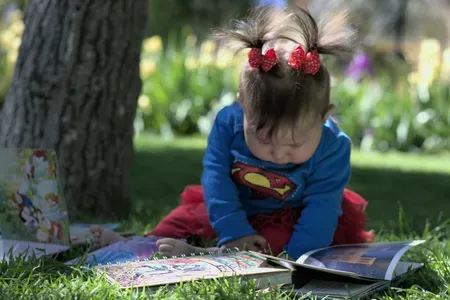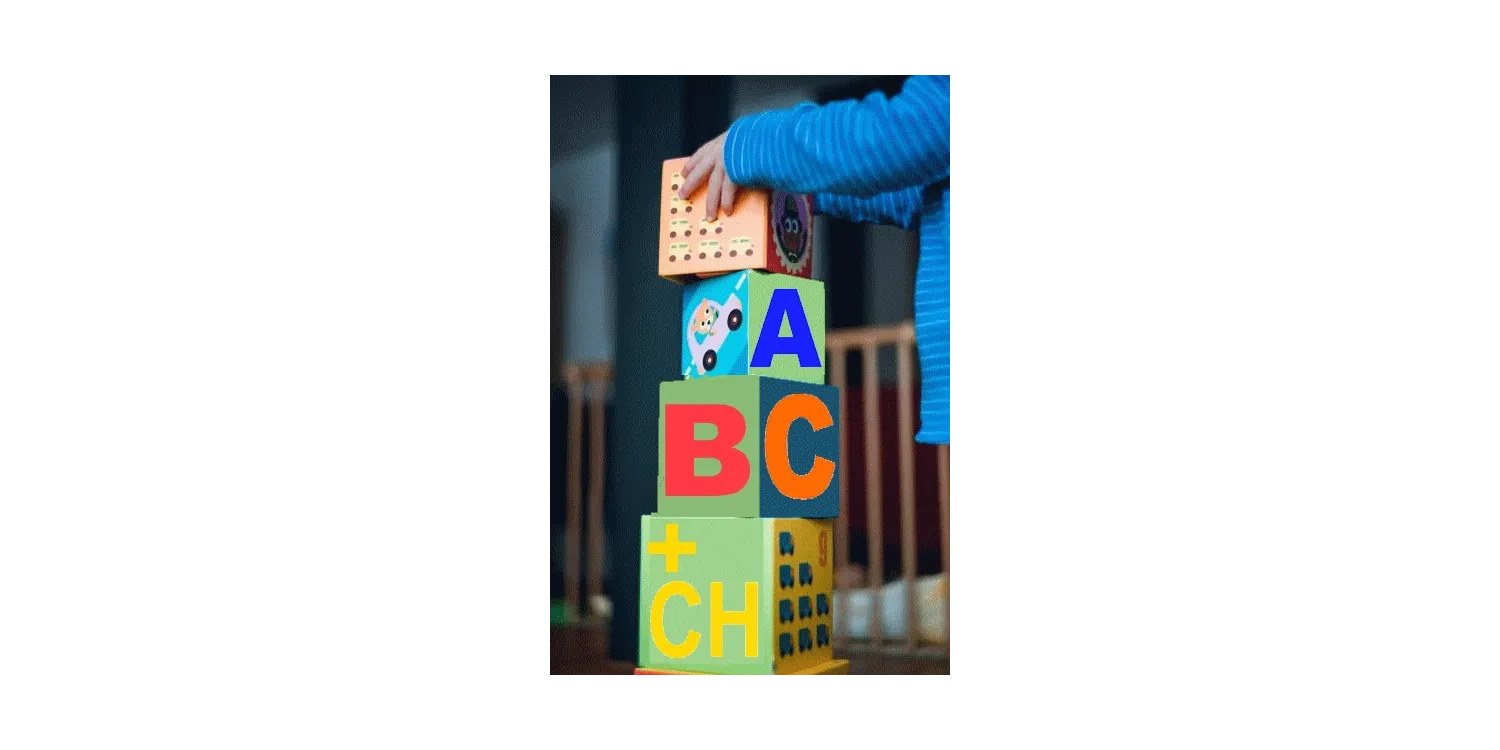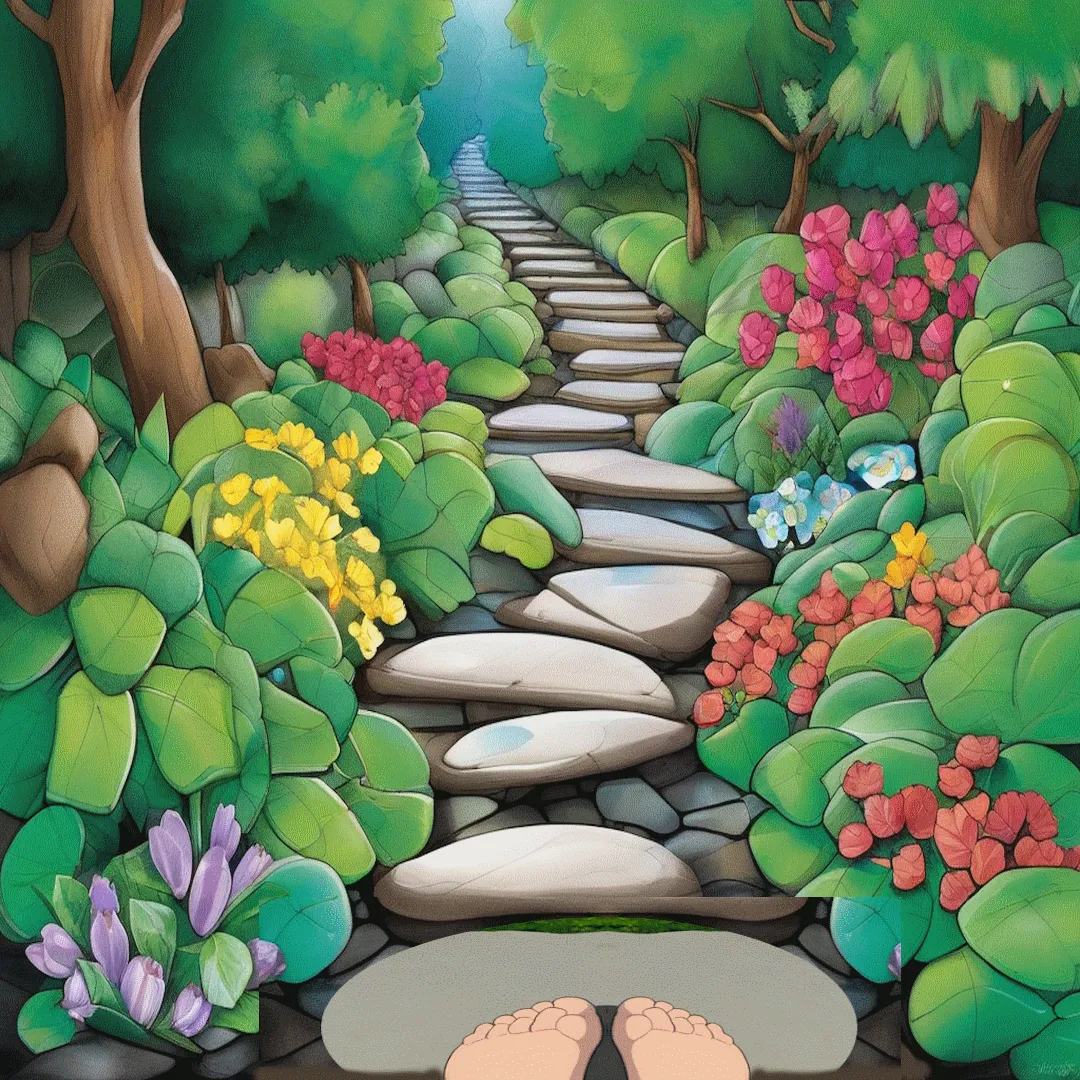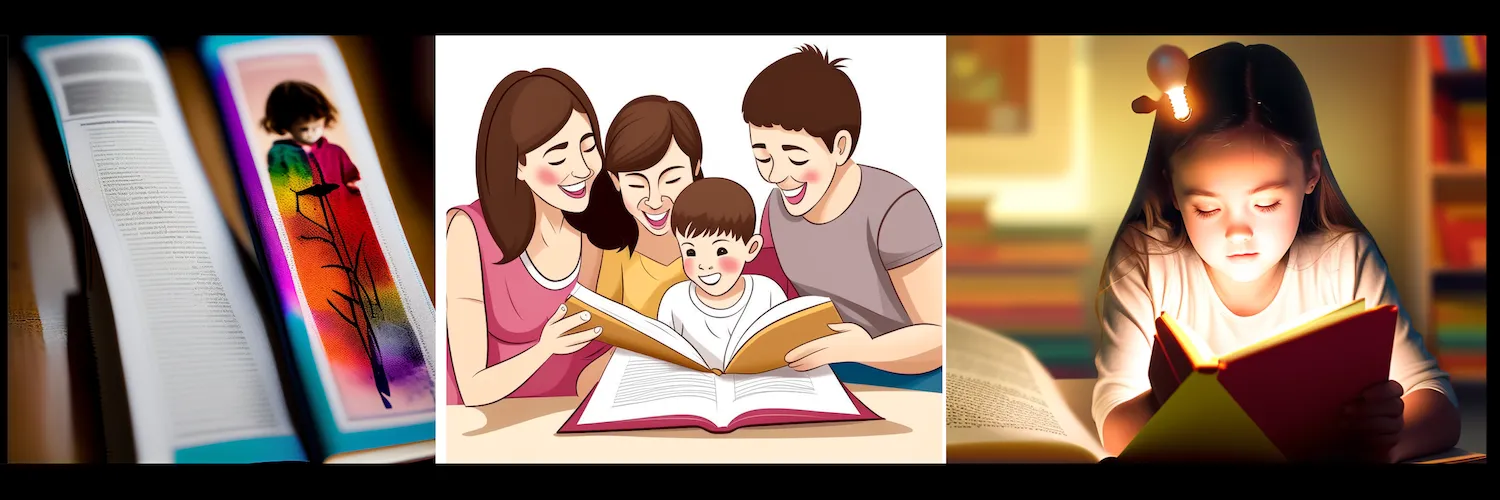Boost Literacy: Creative Reading Activities for Kids
Boost Literacy with These Creative Reading Activities
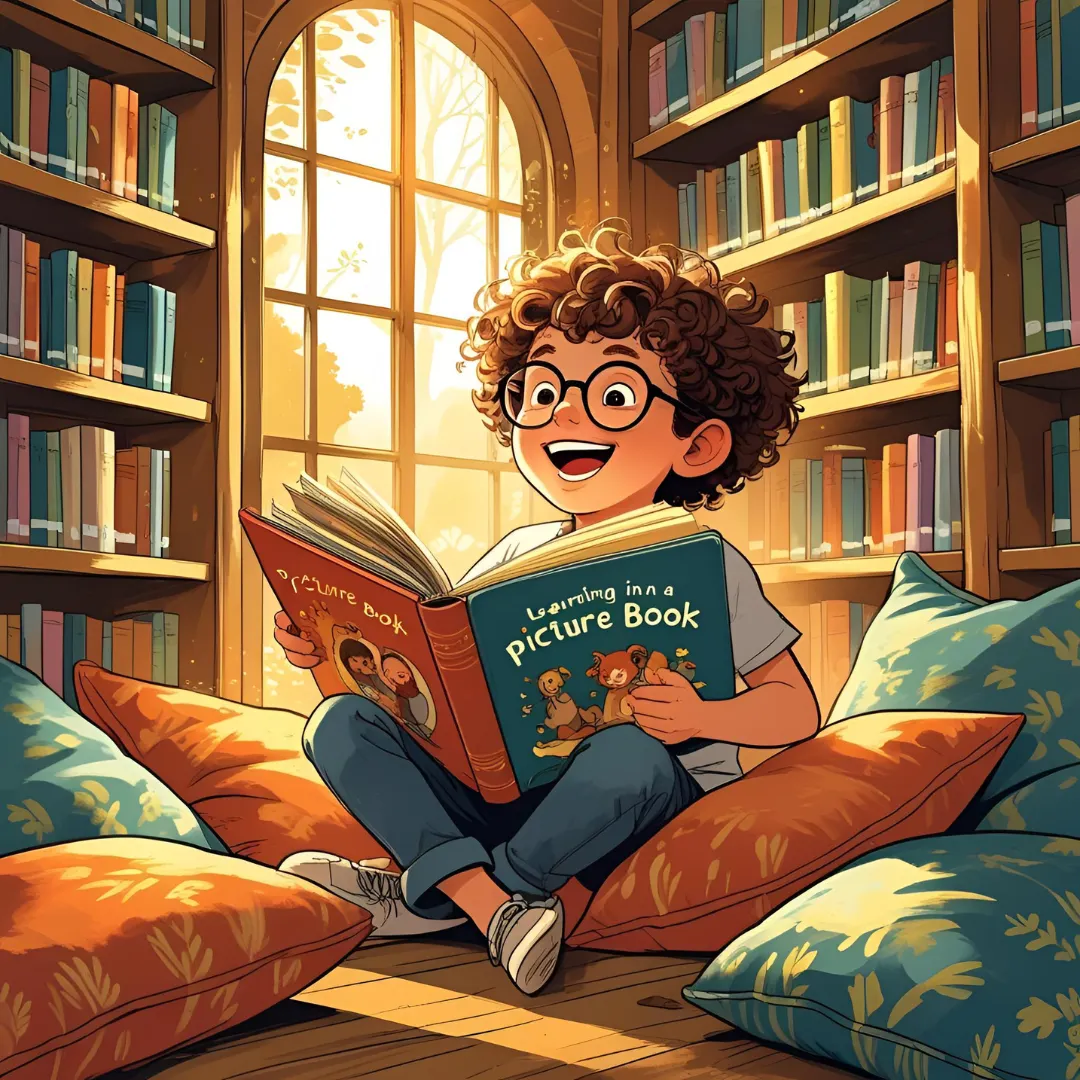
Key Highlights
- Discover how storytelling games, craft activities, and outdoor adventures can significantly enhance literacy skills in children.
- Explore fun ways to ignite creative thinking, boost reading comprehension skills, and improve overall reading capabilities.
- Discover how interactive activities, such as scavenger hunts and DIY story projects, transform learning into joyful experiences.
- Engage young children and older children alike with creative tools that support fine motor skills and vocabulary development.
- Foster a long-lasting love of reading through accessible activities tailored for different ages and reading levels.
- Turn literacy learning into imaginative play by blending reading with action-based and visual activities.
Introduction:
Imagine a place where kids find the joy of reading and see that there are so many things they can do. As they work on their literacy skills, children can find magic in words, learn to understand complex texts, and get better at sharing what they say. Learning does not have to be boring. You can make it fun with simple activities. These can help kids build important reading skills and help them feel a real love of reading. In this blog, you will find new and exciting ways to make learning about reading skills more fun for everyone. With these ideas, kids of every age can do well and enjoy reading even more.
Creative Reading Activities to Boost Literacy
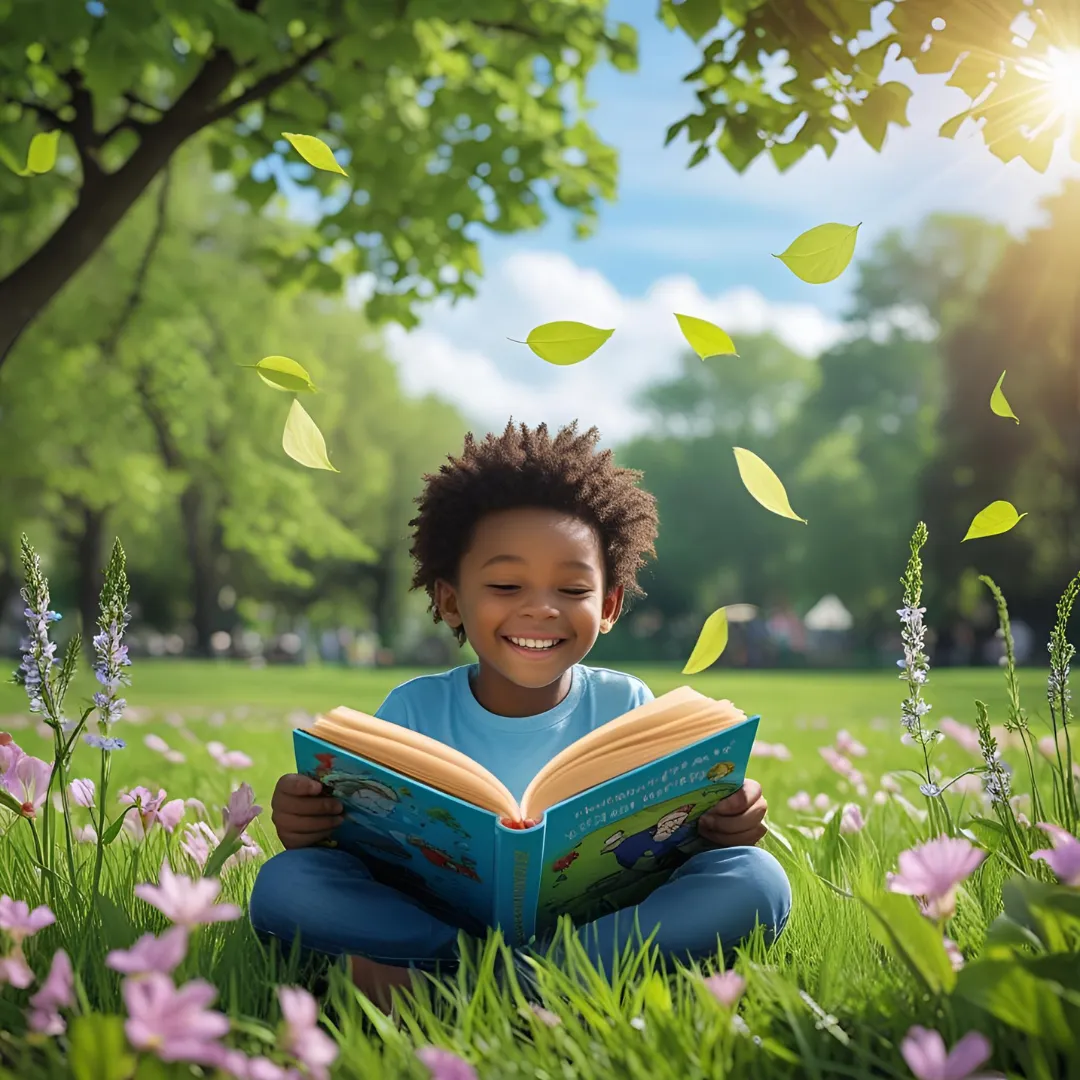
Helping kids learn to read well can be fun when you use creative reading activities. These activities are an effective way to build comprehension skills and help children think critically about what they read. They also help with critical thinking and let children try new ways to solve problems. With these, you do more than use old methods. Kids can answer many types of questions and use their imagination during play.
Here, you will find different reading activities. They help make building reading abilities easy and enjoyable. By using interactive tools and giving regular encouragement, every person can get into reading feeling sure, happy, and curious. The goal is to help all learners be happy and ready as they improve their comprehension skills through different types of questions, reading activities, and by trying new things in the world of reading.
1. Storytelling Dice Games
Turn storytelling into a fun game by using storytelling dice! This simple activity helps children think in new ways and improves key literacy skills. Every time the dice are rolled, they show images or keywords that children use to build a story step by step.
The great thing about storytelling dice is how many ways you can use them. The game helps with sequencing, learning new words, and making better sentences, all through play. When children join together, their creative thinking grows stronger, as they use each other’s ideas to create stories as a team.
Storytelling dice are a good choice for kids in early childhood, but older children can use them too. With every roll, telling stories turns into a lively game that builds speaking skills, grows imagination, and helps keep literacy skills useful and fun for learners of any age.
2. Character Role-Play Reading
Jump into the world of books with character role-play reading. This is a fun activity that helps children build strong comprehension skills and also learn about feelings. In this activity, kids act as the main character or other people in the story. They think about what the characters want, how they feel, and why they do what they do. It is a simple way for children to use their bodies and voice to connect with the story.
With this hands-on method, children go deeper into the narrative. They stop and think about the feelings and choices the main character and others make. By taking on these roles in small groups or at home, children learn about social awareness and empathy. They begin to understand others better, making reading feel more real and exciting.
Character role-play works well in small groups, classroom settings, and with family at home. Kids who are not sure about reading often start to enjoy it when they get to act in this way. This activity ties dialogue, emotions, movements, and comprehension skills together. Children can look at the story from different sides, which helps them get even more from reading.
3. Reading Scavenger Hunts
A reading scavenger hunt is a fun way to mix exploring and learning to read. You can use books or clues in different places that fit the right age and reading skill. Kids follow these clues to find new words or bits of information.
This activity makes children curious and helps them enjoy reading. As they solve clues, they get better at problem-solving and working together with others.
Key benefits include:
- Building their sight word knowledge and vocabulary.
- Helping them get to higher reading comprehension.
- Making reading a fun and active time.
If you want to host an event at school or play this game with your family, a reading scavenger hunt is a great way to make learning fun and keep everyone engaged!
4. DIY Storybook Craft Sessions
Let children have fun as both storytellers and illustrators with DIY storybook craft sessions. In this type of activity, the world of reading comes together with hands-on fun. Kids make picture books by picking themes they like or by making up their own stories. This brings together reading, art, and the use of fine motor skills.
It helps kids enjoy the process, build writing skills, and get better at telling stories. They work on writing by using simple sentences or very short stories. Children also practise how to put their ideas into order so others can understand.
Key benefits include:
- Helping kids see how a story is built.
- Letting kids show their creativity with art.
- Bringing reading and writing close together.
At the end, kids get to hold on to their story. They can show it to others, which makes them proud. This also helps them get excited about learning to read and write.
5. Reader’s Theater Performances
Reader’s theater shows give a fun way for kids to work on reading comprehension skills and to read more smoothly. In these shows, children pick a favourite character or someone else in the story and act them out. They use their voices and faces to bring the story to life.
Presenting these shows helps words come alive. It teaches kids to work with others, feel good about themselves, and think more about the details of the story. They also get better at speaking in front of others, like friends and family.
Doing the lines many times helps the kids. When children practice, they get better at reading the words correctly, reading quickly, and knowing what everything means. It proves that working on reading comprehension and other comprehension skills can be fun and exciting.
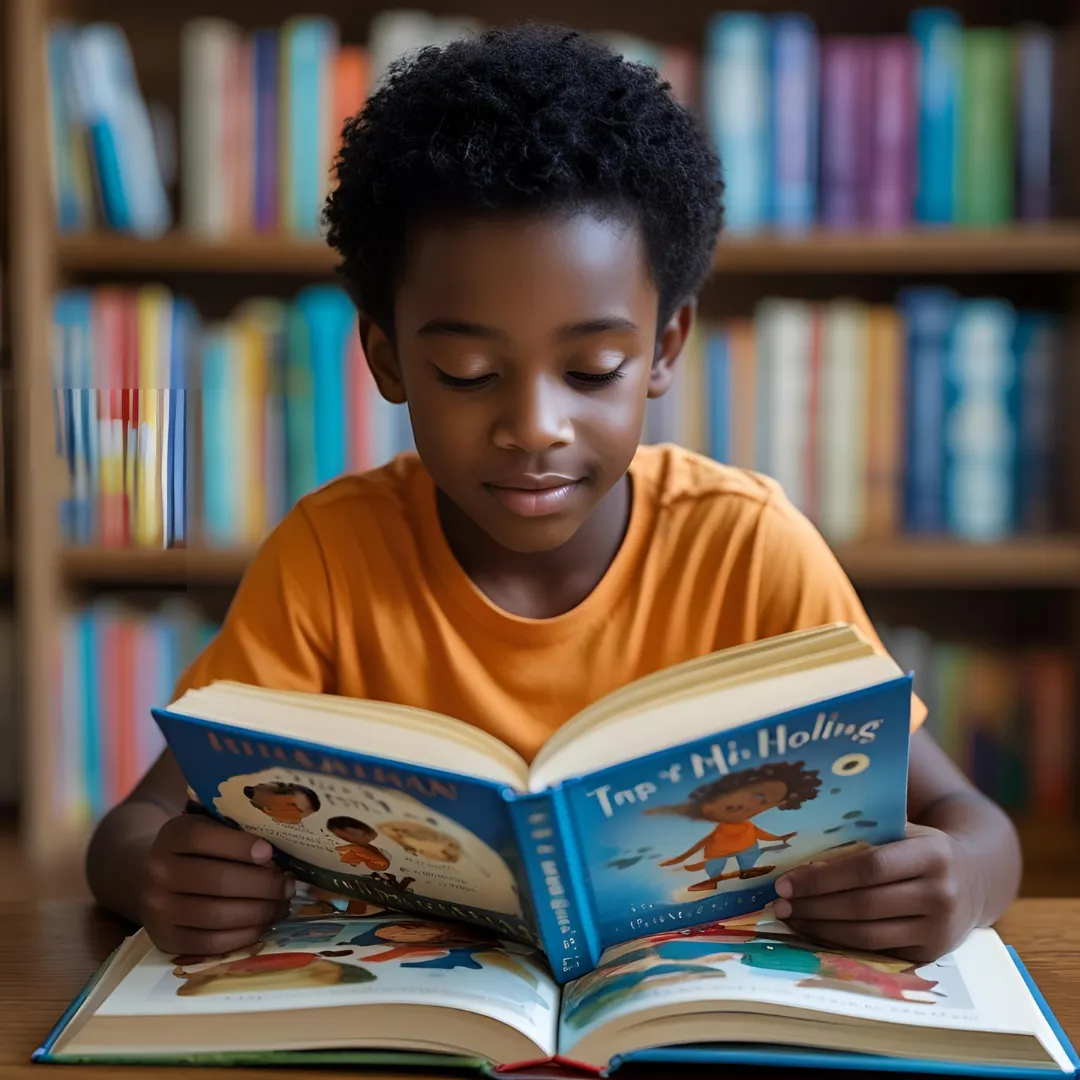
6. Vocabulary Treasure Hunts
Turn vocabulary lessons into a fun game by setting up treasure hunts. Ask children to look for words in their surroundings. Give them a list of words or clues. Let students search for these in books, the classroom, or outside. This turns learning into an adventure.
This playful method gets children to see words in many places. It helps them get used to new words and makes their curiosity grow.
Benefits of vocabulary treasure hunts:
- Helps with keeping new words in mind and understanding them well.
- Let's kids work on their own, build teamwork, and learn to share.
- Makes reading and word learning active and lively.
Each "treasure" found gives the learner a small win. It is a way to mark growth and have fun while growing in reading and language skills.
7. Make-Your-Own Picture Books
Help kids get better at writing skills and reading by asking them to make their picture books. In this activity, children use their own words to write stories. They also draw on the pages to bring their ideas to life. This lets every student make a special book of their own.
The activity helps kids focus on words that describe things, learn about where a story happens, and get to know the people in the story. It helps them see how a story goes from the start, through the middle, and to the end.
When children finish their picture books, they feel proud. Showing their picture books to others makes them feel more sure of themselves. This will make them want to read and write more in the future.
8. Book Character Dress-Up Days
Bring book stories to life with book character dress-up days. In this activity, children get to act like their favourite main character by putting on costumes.
These fun events help children learn more about the main character. They get to think about the main character’s feelings, what they do, and what kind of world they live in. Activities like parades and simple presentations make it fun for all reading levels. These moments help get children excited about different types of stories.
Dress-up days show that reading is not only for learning but also for fun and using your imagination.
9. Story Mapping with Art
Imagine making plotlines easier to understand with creative story maps! By using graphic organisers, like timelines or Venn diagrams, kids can break down the main idea, the characters, and the events in a piece of text simply and clearly.
These maps work well for kids who like to learn with pictures or drawings. This is because they make tricky reading ideas easier to see and use. Mixing art with reading helps children remember and understand stories. It also lets them make their special diagrams.
You can use this way for both fiction and nonfiction texts. It turns each story into a smart and colourful journey.
10. Partner Reading Challenges
Set up shared learning by having a partner read challenges. In this activity, two children get to read a piece of text together. They take turns reading paragraphs out loud. After each part, they ask one another questions to help each other understand it better. They also talk about what they have learned from reading together.
Doing this with a partner helps both kids grow their reading comprehension skills. It also helps build confidence. This is great for kids who don't always want to read, as they get support from a friend. Reading together can help make literacy feel easier and more fun for them.
Make simple and fun reading targets, and you will see both children help each other out. They will learn and improve their reading comprehension as a team, while also building a strong connection.
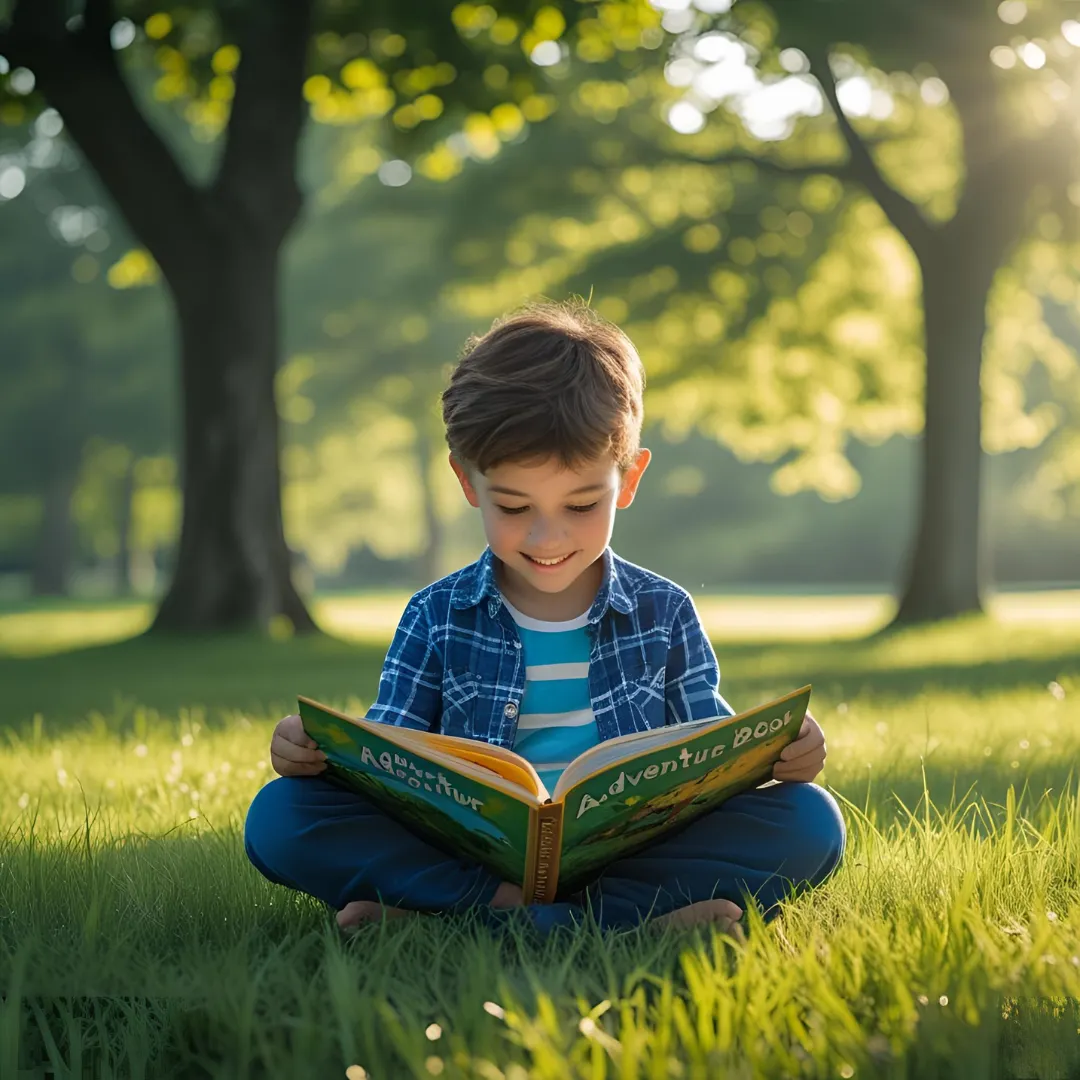
11. Interactive Book Clubs for Kids
Interactive book clubs give kids a friendly and fun place to talk about stories with others. These groups are led by excited children. People can share, compare, and talk about ideas in a group setting.
Everyone gets a chance to read many types of texts, like picture books and short stories. In these clubs, students learn different ways to talk about what they read. They learn how to sum up the stories, spot the differences, and think deeply about them. Young students get better at critical thinking. They also build their skills to talk with others in the group.
Try having the meetings every week. Your group can talk about favourite characters or look for hidden stories about other cultures.
12. Outdoor Nature Reading Walks
Outdoor nature reading walks bring together time outside and learning from books. In these walks, children take nonfiction texts about things like plants or weather. This helps them make real-life links with what they read.
When you mix reading with being in nature, it makes kids want to know more. They get to see new information right there and start learning about the world around them.
For toddlers, a bit of play during these walks lets them notice new things. At the same time, they start working on simple reading skills.
13. Poetry Picnic Activities
Take a poetry reading outside and enjoy a picnic. Let the kids share the poems they like most. This is a good chance for everyone to relax and mix in some poetry. Kids learn about rhyme, use their minds to understand poems, and look at rhythm and pictures in the words.
Picnics are a great way to get everyone interested and involved. They let you come up with fun ideas together, write new things, or even put all your best work into one big book as a group!
14. Mystery Bag Book Reveals
Nothing makes children wonder more than mysteries! When you pick hidden books to show in these sessions, the kids guess what will be inside. They use fun clues from the covers to help figure it out.
When they make guesses, they also learn some good ways to narrow down their choices. This helps them look at many possible ideas, not just the first or easiest one. They even start to see how big and exciting projects could be in the future if they follow their interests and give things a try!
15. Sound Out and Act Out Games
Getting children to play sound out and act out games is a great way to build their literacy skills. These games help kids to learn and have fun at the same time. When they sound out words and act out what they mean, it helps them grow their phonological awareness. Getting children to become different characters is good for their creative thinking and comprehension skills. Using easy words and easy actions makes sure that children of different ages and reading levels can take part, including older children. These games not only help with language skills, but they also help children develop a love of reading by making learning feel like play.
16. Create a Family Reading Fort
Turning a small spot into a family reading fort is a fun way to help young children get creative and grow a love of reading. When you use pillows, blankets, and fairy lights, you make the space cozy and allow them to explore picture books and stories in an exciting way. This helps them build both literacy skills and comprehension skills. Let them pick the characters they like best from picture books or short stories. It gives them a chance for imaginative play.
This activity is also good for letter recognition and brings the family together. It lets everyone join in on reading, storytelling, and growing their skills so they have happy reading times that last for years.
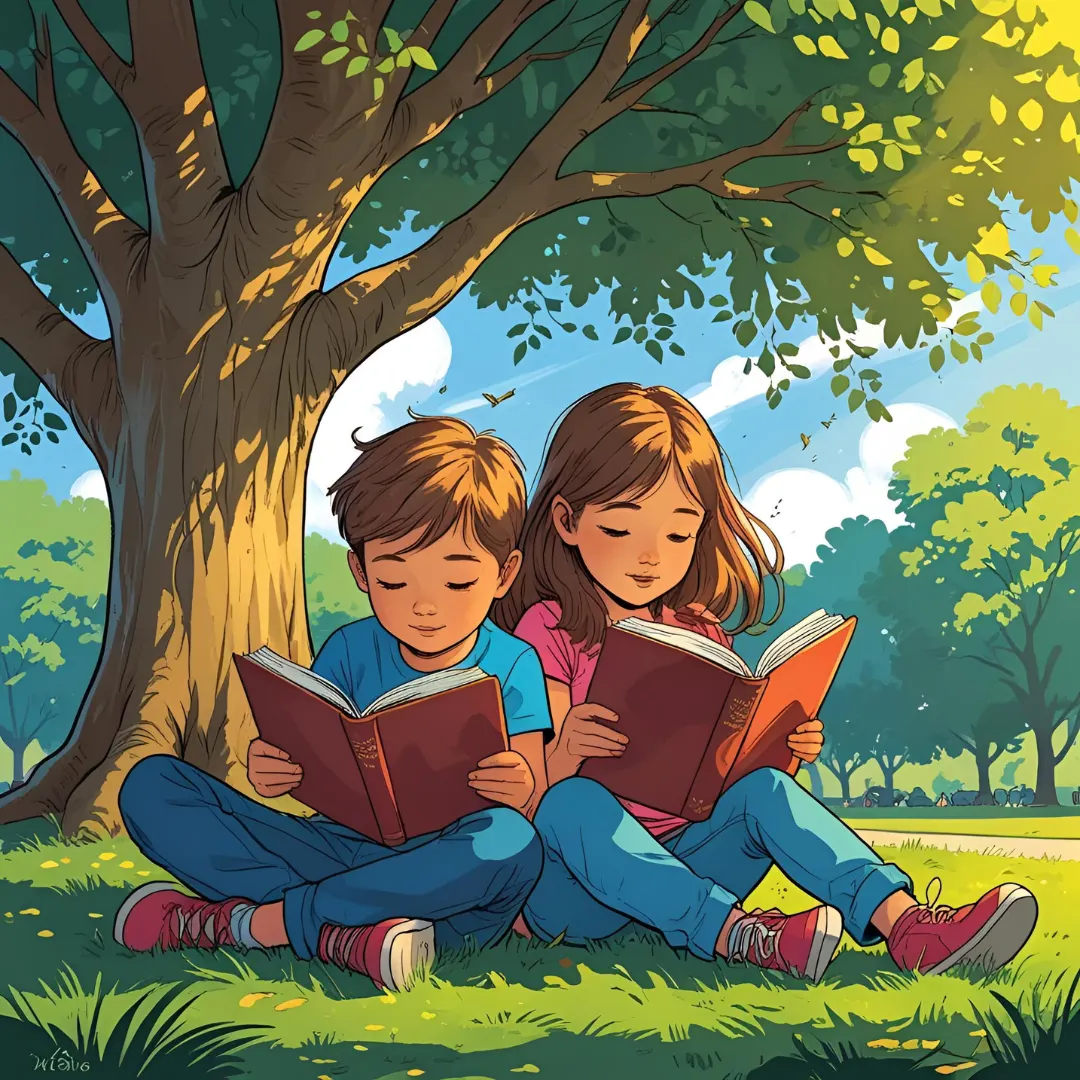
17. Weekly Reading Bingo
Bringing back the classic game of bingo can make reading fun and something everyone looks forward to. You can make your bingo card that has different reading challenges. These can be things like picking different genres, reading a picture book, or going through complex texts that show different characters. Each week, get family members to work on finishing their cards. Have talks about the main ideas and themes from what everyone reads. This will help everyone grow their comprehension skills.
This hands-on activity helps spark a love of reading. It also builds critical thinking, literacy skills, and ensures there are good reading habits that can help people for the rest of their lives.
18. Word Wall Building Projects
Turning a wall into a bright word wall is a good way to help both young and older children grow their literacy skills. This fun idea gets students to use new vocabulary. It also helps with letter recognition and phonological awareness. Pick a theme that fits their own lives, and use different kinds of texts, like picture books or nonfiction. When children add their own words, it helps them build creative thinking and work together. Update the wall often so it keeps the joy of reading fresh and makes learning fun and active.
19. Reading Journal Prompts
Engaging with reading journal prompts gives young readers a special way to share thoughts and ideas about the books they read. When they write about their favourite character, make short summaries, or come up with a new ending, these tasks help build strong comprehension skills and encourage creative thinking. Also, using different types of questions can help them better understand the main idea and themes in the story, making them think more deeply and building critical thinking. This hands-on way of reading helps grow a real love of reading. It also supports important writing skills that will help them throughout every year of school.
20. Silly Voices Story Hour
Engaging young readers with the silly voices story hour can turn a regular story into a great adventure. When you use different silly voices for each character, kids get better at listening and telling one voice from another. It also helps them build strong comprehension skills. This type of activity helps children enjoy books in a fun way. They start to love reading and use their creative thinking and expressive language more.
When children act like the main character and show their feelings, they practice storytelling. They also learn to make links between the story and things they know from their own lives. This makes them want to read new, complex texts and gives them a good reason to keep reading. It is a great way for all of us to enjoy reading together.
21. Alphabet Hunt in Everyday Life
An alphabet hunt in everyday life turns normal situations into exciting learning moments. Children can look around their world to find objects that start with the letters of the alphabet. This is a fun way to help them with letter recognition and phonological awareness. When kids search for different characters or letters of the alphabet, they build their language skills. They also get to use critical thinking to decide what words or items fit. You can change these hunts for any place by using a simple word list. These hunts let kids enjoy the joy of reading and make learning something new every day.
22. Reading Relay Races
Taking part in reading relay races brings together both movement and thinking. This type of activity is great for building literacy skills and gives students a chance to read out loud. When they do this, they get better at phonological awareness and comprehension skills. Teams go against each other to read and understand what different texts are about. They talk about the main ideas and what is going on with the characters. Adding things like large letters or pictures makes it more fun and keeps everyone interested. As they race with each other, students get better at critical thinking, but they also make the joy of reading a big part of their lives.
23. Book Swap Parties
Organizing book swap parties is a great way to help the love of reading grow and build literacy skills. At these parties, people bring the books they have finished. They get to pick from new books with different stories and styles. This means young children and older children can read many kinds of books, even some complex texts. The group talks about the stories.
This helps everyone improve their comprehension skills and learn how to think better about characters and the story itself. These swaps not only give everyone fresh books to read but also let people get to know each other. People must use critical thinking when they share what they like or do not like about the books. Book swaps make reading more fun and turn it into something the group can enjoy together.
24. Story Sequencing Puzzles
Doing story sequencing puzzles can help kids get better at reading comprehension skills. This fun way lets children look at how a story is built, using picture cards or sentence strips that they have to put in the right order. When they put the story together, they work on critical thinking and the way they organize what they read, which is important for understanding complex texts. Kids are able to talk about the main idea and tell what happens, using their own words. All this helps them get stronger comprehension skills and feel more confident. Enjoying activities like these is a good way to build literacy skills and to help children grow a real love of reading.
Related Articles :
Embracing Serenity: Your Joyful Guide to Mental Well-being During Pregnancy
Nurturing Curiosity in Early Childhood: Cognitive Growth
Embracing Matrescence: A Journey of Growth and Change
Conclusion
Taking part in creative reading activities helps young children get better at literacy skills. It also helps them develop a lifelong love for reading. These reading activities make kids use their minds and improve comprehension skills. They learn how to understand complex texts and think more deeply about what they read.
When you add fun ways for kids to practice letter recognition and phonological awareness, they begin to build strong language skills. Doing different reading activities keeps things interesting. This helps them make joyful reading habits they can enjoy every day. These habits help them as they move through their years in school and beyond. Kids who read often become more confident readers and grow as critical thinkers in different areas of their lives.
Frequently Asked Questions
What are the best creative reading activities for reluctant readers?
Some of the best reading activities for kids who do not want to read are sound-out and act-out games. You can also build a family reading fort. Story sequencing puzzles are great too. These activities make reading fun for kids. They help kids enjoy reading and want to do it more.
How can parents encourage literacy at home in fun ways?
Parents can help their kids like reading at home. Try fun ways like sound out and act out games. You can also build a reading fort or plan a book swap party. These activities get children excited about reading. They help kids enjoy books and practice learning.
Are these activities suitable for children of different ages?
Yes, you can change these activities to fit kids of different ages. For younger children, give simple steps and keep things fun. When the kids get older, you can add new challenges and let them think for themselves. This will help them stay interested and keep learning at every point in their literacy journey.
How do creative reading activities support literacy development?
Creative reading activities help kids grow in reading because they make learning fun and hands-on. The activities help with comprehension skills, build vocabulary, and support critical thinking in easy ways. When children do these reading activities, they start to like reading more. It makes them want to keep learning and become good, lifelong readers.
Reference :
https://thelearningeffect.com/
https://www.researchgate.net/publication/276196619_Frameworks_for_Comprehending_Discourse
https://www.readingrockets.org/classroom/classroom-strategies/readers-theater
https://www.fantasticfunandlearning.com/snowflake-segmentation-printable-mat.html
https://www.fantasticfunandlearning.com/play-dough-writing-tray.html
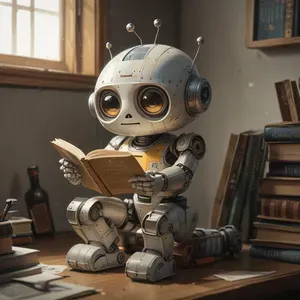
Written with Augmented Intelligence and SHiNER The Human


